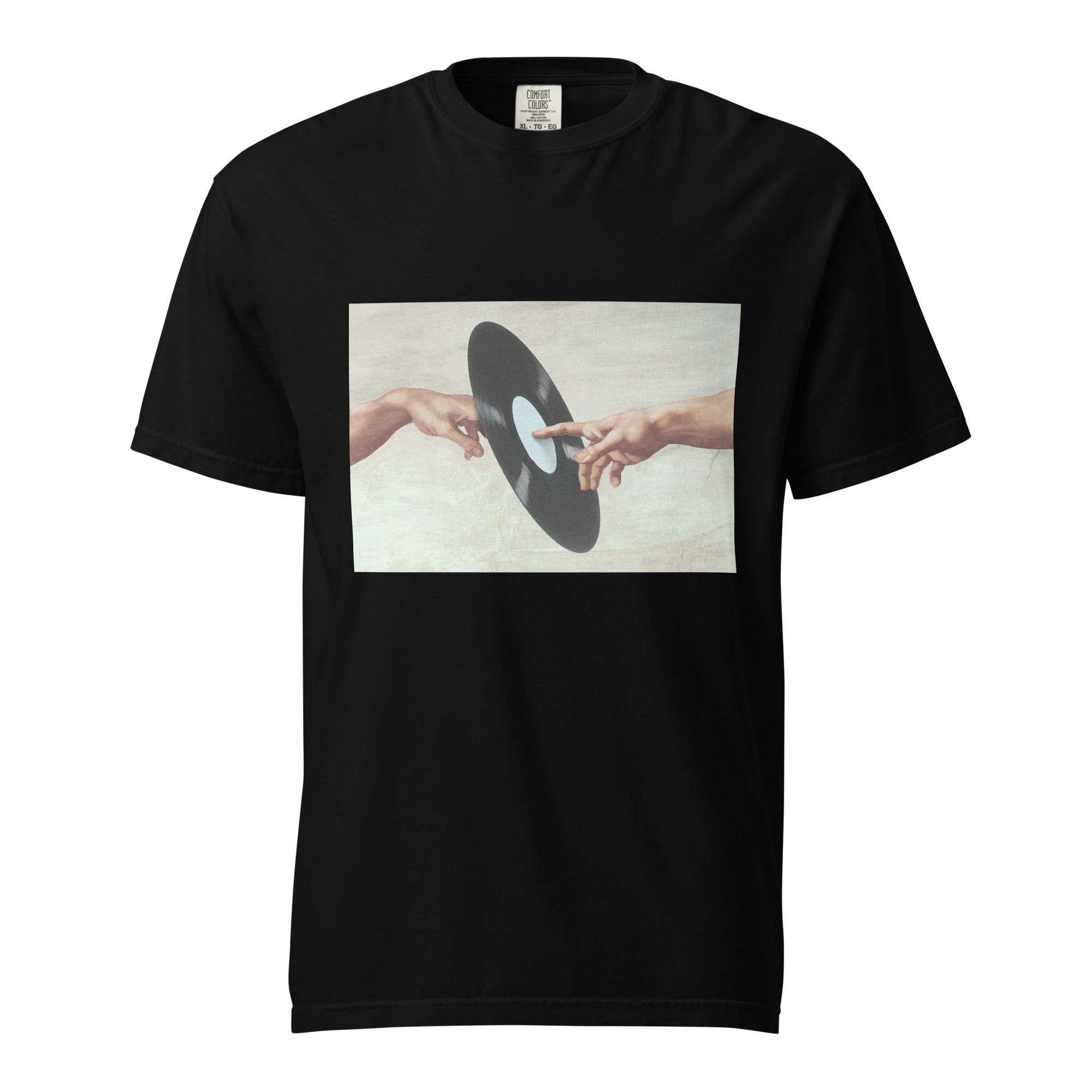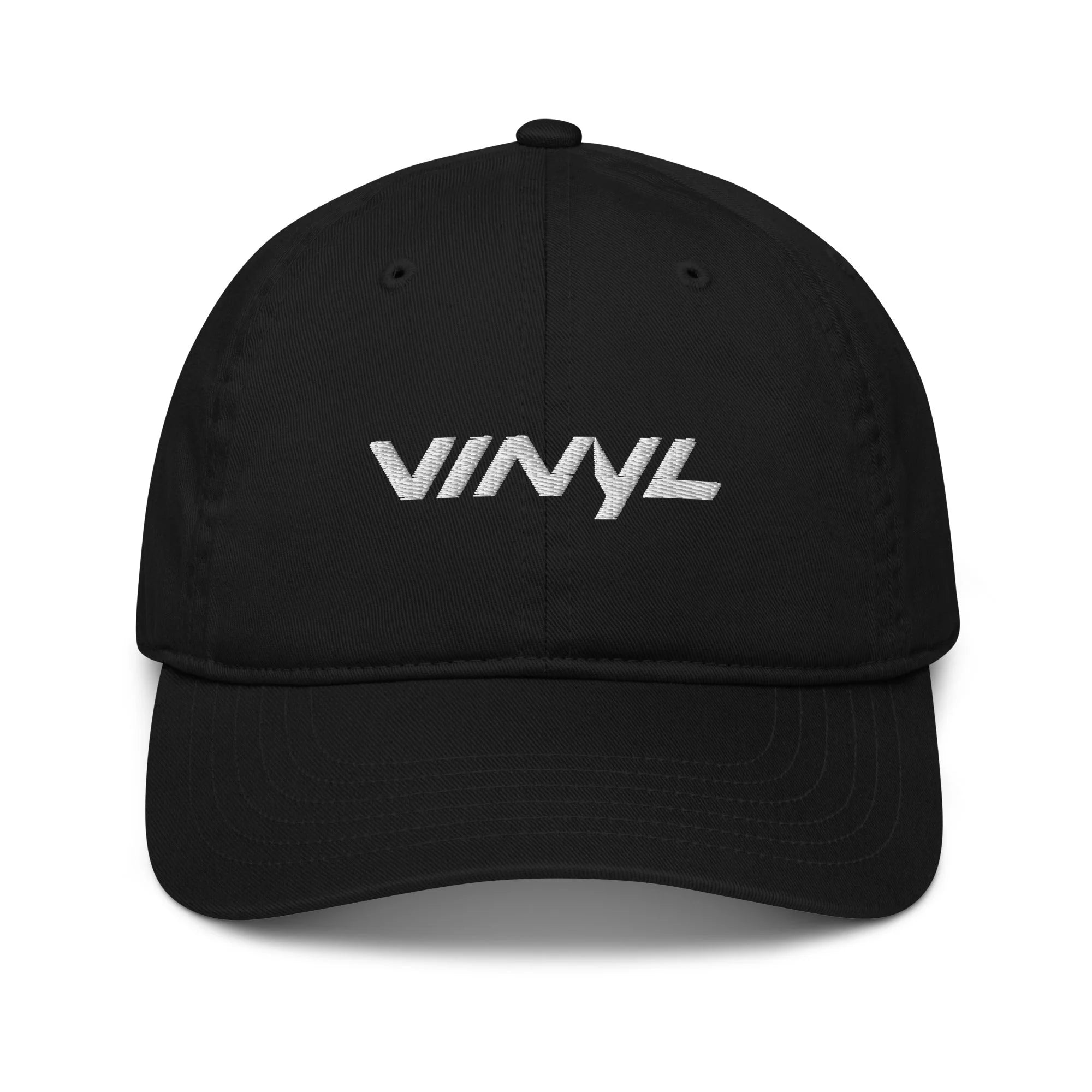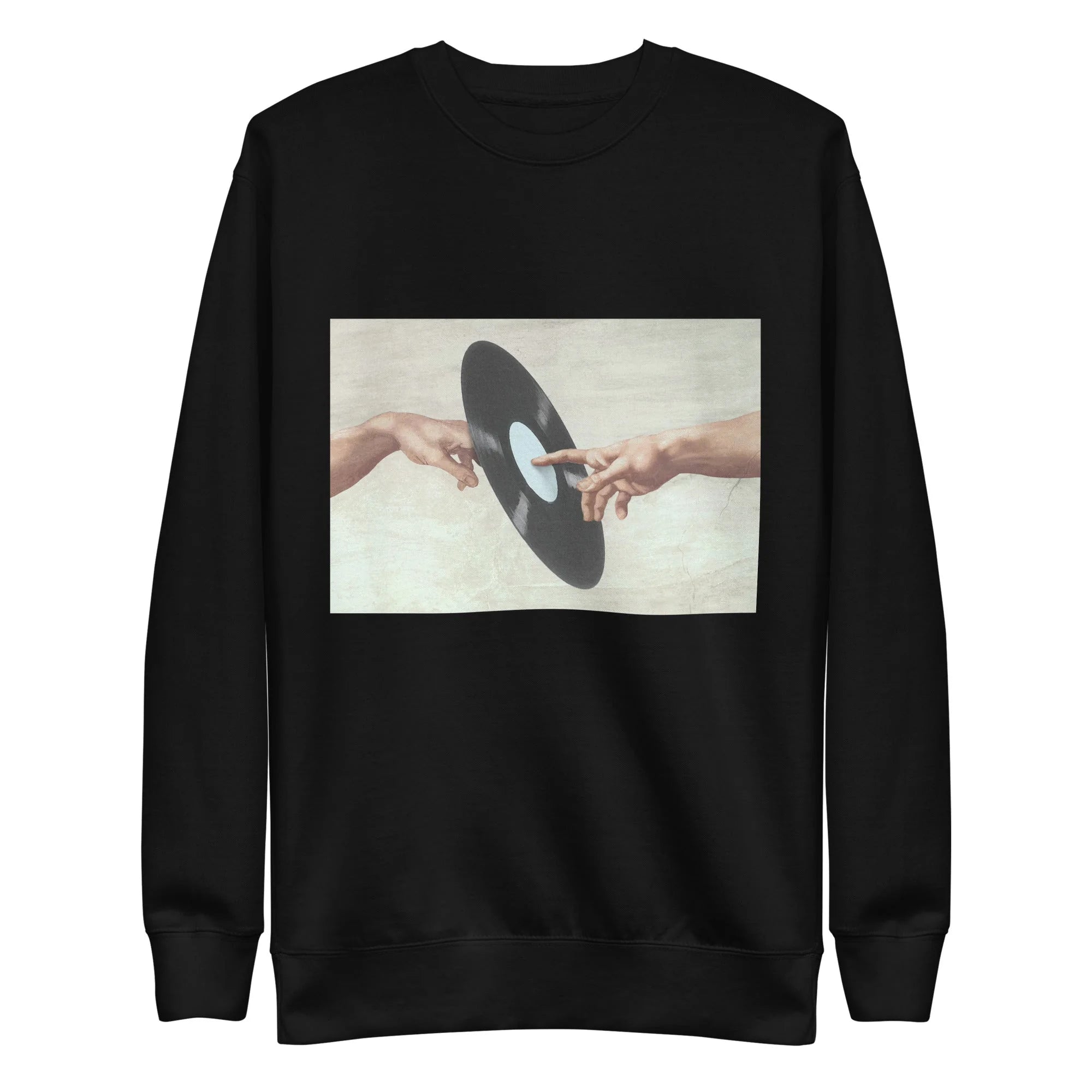In the age where digital convenience dominates, the enduring appeal of vinyl records seems like an anachronism. Yet, this age-old medium has not just survived but thrived, carving a niche in the hearts of audiophiles and casual listeners alike. The contrast between vinyl and digital music quality is often cited as a significant factor, but the allure of vinyl extends beyond mere sound. It's about the experience, the tactile engagement, and the deep connection with music that digital formats can't replicate. This contrast highlights a broader discussion of how we consume music today and what we might be missing in the pursuit of convenience.
Why Vinyl is Popular in the Digital Era
Vinyl complements digital music formats, the ways artists and labels utilize vinyl alongside streaming, and the ongoing relevance of vinyl in a predominantly digital era.
Physicality of Record Collecting
Collectors revel in the tangible aspects of vinyl. The weight of the record, the texture of the sleeve, and the visual impact of the album art. This physicality adds a dimension of ownership and personal connection to music that digital files lack. Collectors often speak of the thrill of hunting for rare finds, the satisfaction of organizing their collections, and the sense of history and artistry they hold in their hands. This tactile relationship with music enriches the listening experience, making each album a cherished possession rather than just another file in a digital library.

Engaging with Music Through Artwork and Liner Notes
Vinyl records offer a visual and textual richness that digital formats struggle to match. The artwork and the charm of LP records provide a deeper dive into the creative process behind the music, offering insights into the lyrics, the recording process, and the artists' thoughts. This engagement with the physical album creates a more intimate connection with the music, as listeners not only hear the tunes but also understand the story and context behind them.
The Social and Ritual Aspects of Vinyl Listening
One of the most compelling facets of vinyl’s enduring appeal lies in its ability to foster intentional and communal listening experiences, qualities often diminished in the era of digital streaming. Unlike the solitary act of clicking through playlists, playing a vinyl record is frequently a social ritual, inviting friends or family to gather, select albums, and share in the anticipation as the needle drops. This shared process transforms music listening from a passive background activity into an event, prompting deeper engagement and conversation. Vinyl encourages listeners to slow down and appreciate music as a collective experience, whether it’s taking turns choosing records, discussing the stories behind favorite albums, or simply enjoying the tactile act of flipping through a collection together. Record listening parties, both spontaneous and planned, have re-emerged as a way for people to connect, discover new artists, and build memories around music. The physical presence of the record and turntable provides a focal point for interaction, making music a centerpiece rather than an afterthought. In this way, vinyl not only enriches the act of listening but also strengthens social bonds, creating a sense of community and shared appreciation that digital formats rarely replicate.
The Ritual of Playing a Vinyl Record
From selecting the record from your collection to carefully removing it from its sleeve, placing it on the turntable, and dropping the needle, each step is part of a deliberate process that enhances the listening experience. This ritual slows time, encouraging listeners to engage fully with the music and listen actively rather than passively consuming tracks as background noise. The act of playing a record creates a moment of anticipation and involvement that streaming services can't replicate, making each listen a special event.
Building and Maintaining the Vinyl Collections
Collectors spend time and resources acquiring new records, preserving their condition, and curating their collections to reflect their personal tastes and musical journeys. This process of building and caring for a collection adds a layer of personal investment in one's music library. Unlike digital playlists that can be created in seconds, a vinyl collection is a reflection of years of exploration, discovery, and memories. Vinyl records offer a tangible and multi-sensory experience through their physicality, visual artwork, tactile engagement, and the ritual of playing records.
Sound Quality: Vinyl vs. Digital
Analyzing the Warmth of Analog Sound
Unlike digital music, which is encoded in binary, analog recordings capture the full waveforms of sound, offering a continuous signal that many argue results in a more authentic and immersive listening experience. This warmth is often described as a natural, fuller sound that digital formats, with their compression techniques, struggle to replicate. The distinctive analog warmth not only enhances the listening experience but also connects listeners to the music in a more visceral way, making every note and nuance feel alive and breathing.
The Technicalities of Sound Reproduction in Vinyl
Vinyl records offer a unique listening experience, distinguished by their warm sound and the ritual involved in playing them. Below is a simplified breakdown of the key technical processes that contribute to the distinctive audio quality of vinyl, highlighting why many audiophiles and music lovers cherish these records:
Groove Creation: The process of creating grooves on a vinyl record is a remarkable feat of precision and craftsmanship. During the mastering phase, a cutting lathe's stylus converts sound waves into mechanical vibrations. These vibrations meticulously carve grooves into the master disc, with each groove embodying the original sound wave's intricate patterns. This direct physical imprint of sound ensures that the nuances of the music are captured with high fidelity, making the vinyl record a true artifact of musical artistry. The depth, spacing, and shape of these grooves are critical, as they directly influence the sound quality and playback characteristics of the record.
Playback: The playback of a vinyl record is a fascinating process where mechanical movements are transformed back into an audible sound, offering a tactile interaction with music that digital formats cannot replicate. As the record spins on the turntable, the stylus traces the grooves engraved in the vinyl. The movement of the stylus within these grooves generates mechanical vibrations, which are then amplified and converted into sound waves. This analog method of sound reproduction preserves the original audio's richness and texture, allowing listeners to experience music more authentically.
No Compression: One of the key advantages of vinyl records over digital formats is the absence of digital compression. Vinyl records maintain the audio in its purest form, potentially offering a wider dynamic range and a more nuanced sound profile. In contrast, digital formats, particularly compressed ones like MP3s, sacrifice audio detail to reduce file size. This compression can result in a loss of subtle audio information, affecting the depth and texture of the sound. Vinyl's ability to deliver uncompressed audio makes it an attractive choice for those seeking the most authentic and full-bodied musical experience.
From the intricate process of groove creation to the uncompressed, analog playback, vinyl provides a listening experience that is both rich and immersive. Understanding these technical aspects sheds light on why vinyl has endured as a beloved format among music enthusiasts, despite the convenience and prevalence of digital alternatives.

The Debate Over Vinyl and Digital Music Quality
Proponents of digital formats cite the convenience, portability, and clarity of sound that digital formats offer, along with the ability to store vast music libraries in compact spaces. However, vinyl enthusiasts counter these points with the tactile and emotional engagement that vinyl records offer, along with their characteristic warm, rich sound. The vinyl vs digital music quality discussion often centers on personal preference, the importance of audio fidelity, and the experience of music listening itself. While digital formats have made music more accessible than ever, vinyl holds a special place for those who seek a deeper connection with their music.
The Cultural Impact of the Vinyl Revival
Vinyl's Cross-Generational Appeal
This revival is not just a nostalgic trip down memory lane but a rekindled love affair with the tangible, auditory, and communal aspects of music consumption. Below are the key reasons why vinyl continues to charm listeners, young and old, providing a counterpoint to the ephemeral nature of digital music:
Tangible Ownership: As mentioned before, this tangible form of ownership allows listeners to feel a closer connection to the music and the artists, making each album a cherished item in one's collection. The act of collecting vinyl becomes a meaningful pursuit of art, culture, and personal identity.
Sound Quality: The warmth, depth, and richness of vinyl's analog sound in a digital world are often cited as superior to the digital formats' compressed audio. This unique sound profile, with its natural imperfections and nuances, offers an authentic listening experience that many argue is closer to live music. The analog nature of vinyl records can reveal subtleties in the music that digital formats might overlook, providing an auditory feast for the ears of audiophiles and casual listeners alike.
Community and Identity: The vinyl culture fosters a sense of community and identity among its enthusiasts. Collecting records, attending vinyl swap meets, and discussing favorite albums with like-minded individuals create social bonds based on shared musical tastes and values. In a day of solitary digital consumption, the communal nature of vinyl collecting can be particularly alluring, uniting individuals in a celebration of music and shared memories.
Educational Aspect: For younger generations, vinyl offers a tangible connection to music history, enabling them to discover and explore genres, artists, and movements from the past. This hands-on experience can be incredibly educational, providing a deeper understanding of music's evolution and its impact on culture and society.
Vinyl records hold a special place in the hearts of many, transcending age and era to offer a richly rewarding musical experience. Whether as a form of artistic appreciation, a means of education, or a way to build community and identity, the appeal of vinyl is a testament to its enduring legacy and continued relevance in the digital age.
Vinyl's Appeal to Modern Listeners
For many, the act of browsing through bins in a vinyl record store is not only about finding something specific but also about stumbling upon unfamiliar artists and genres. This hands-on exploration encourages a broader and more diverse musical palette, fostering a culture of discovery that digital algorithms often fail to replicate. Furthermore, vinyl serves as a tangible archive of music history, preserving the nuances of recordings from eras gone by. As such, vinyl records act as both gateways and time capsules, enabling listeners to explore the vast landscapes of music past and present.
The Vinyl Marketplace: Buying and Selling Records
The practices and culture of collecting vinyl records, including crate digging, building a personal music library, the economics of buying and selling, and vinyl's potential as an investment.
Online Platforms for Vinyl Collectors
These digital marketplaces and forums offer access to a global inventory, from rare and sought-after releases to the latest pressings. Collectors use these platforms to buy vinyl records, sell duplicates, and engage with fellow enthusiasts from around the world. The convenience of online shopping complements the traditional vinyl store experience, allowing collectors to broaden their searches and connect with sellers they would otherwise never encounter. Despite the digital nature of these transactions, the sense of community and shared passion for vinyl remains strong, with many platforms hosting forums and discussion boards that help maintain the communal spirit of vinyl collecting.
The Economics of Collecting
Collectors often sell vinyl records to refine their collections, upgrade their copies, or invest in new acquisitions. The value of a vinyl record is influenced by factors such as rarity, condition, and demand, creating a dynamic market where prices can fluctuate. For many, collecting vinyl is not just a hobby but a form of investment, with rare records appreciating over time. Understanding the market and making informed buying and selling decisions are key skills for serious collectors, blending the art of collecting with the science of economics.
Vinyl as an Investment
Rare finds and collector's items are highly coveted in the vinyl community, often fetching substantial sums on the market. These records may be limited editions, first pressings, or albums with unique pressings or cover art errors. Collectors who possess such items take great care in preserving their condition, knowing that their value can significantly increase over time. The thrill of discovering a valuable record in an unexpected place adds an element of excitement to collecting, making it a rewarding pursuit for those with the knowledge and patience to seek out these treasures. Investing in vinyl requires a deep understanding of the market and a keen eye for potential, but for those who master it, the rewards can be substantial, both financially and culturally.
Vinyl in the Digital Age: Benefits of Vinyl over Digital Formats
Artists and Labels Are Leveraging Vinyl
Colored vinyl and special packaging are just a few strategies used to make vinyl releases more appealing. These efforts not only cater to the collector's market but also create a physical artifact of the artist's work that can be treasured in a way digital files cannot. Furthermore, vinyl releases often include digital download codes, providing fans with the best of both worlds. This strategic use of vinyl by artists and labels not only enriches the music market but also strengthens the bond between artists and their audiences.

Vinyl Records In the Streaming Age
The tactile and emotional appeal of vinyl, combined with the cultural significance and resurgence of record collecting, ensures its continued relevance. While streaming services grow in popularity, vinyl occupies a unique niche that caters to those seeking a more involved and authentic music experience. The vinyl revival has demonstrated the enduring appeal of physical media in an increasingly digital world, suggesting that vinyl will continue to thrive as a complement to digital music. As consumers seek more meaningful connections with their favorite music, vinyl stands out as a format that offers not just sound, but an experience, preserving its place in the hearts of music lovers for generations to come.
As we look to the future, vinyl's place in the music industry seems secure, buoyed by its unique appeal and the dedicated community of collectors and enthusiasts it has fostered. The prospects of vinyl are bright, promising continued growth and innovation within this beloved format. Vinyl's resurgence is a clear indication that, even in an increasingly digital world, there is a profound craving for the tangible, the authentic, and the meaningful in music. Vinyl records, with their rich sound and tangible presence, satisfy this craving, ensuring their place in the hearts of music lovers for generations to come. Rediscover the warmth, depth, and joy of analog listening by exploring Vinyl's premium records and curated collections.

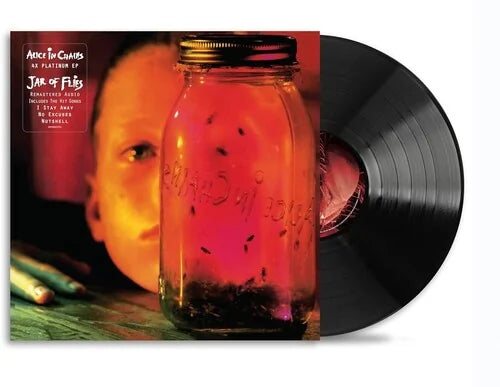
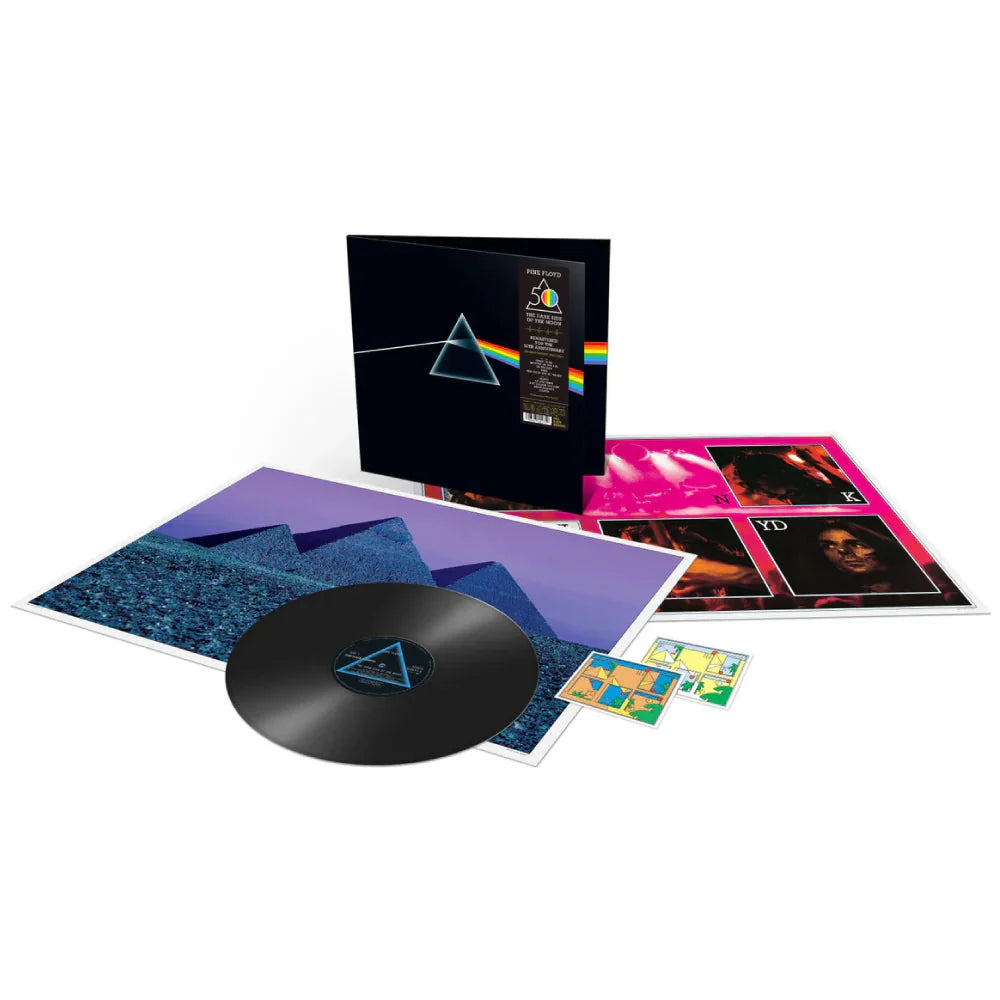
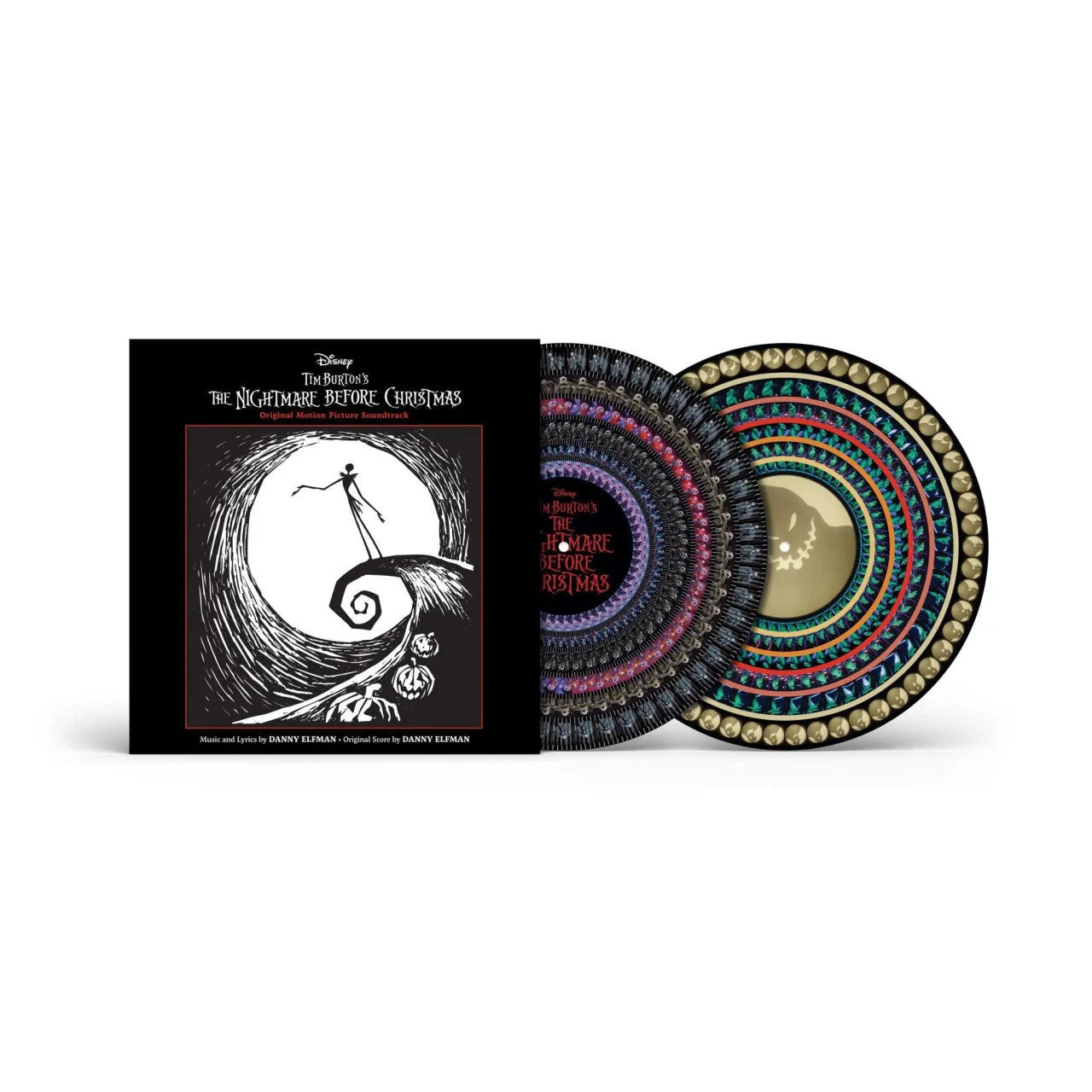
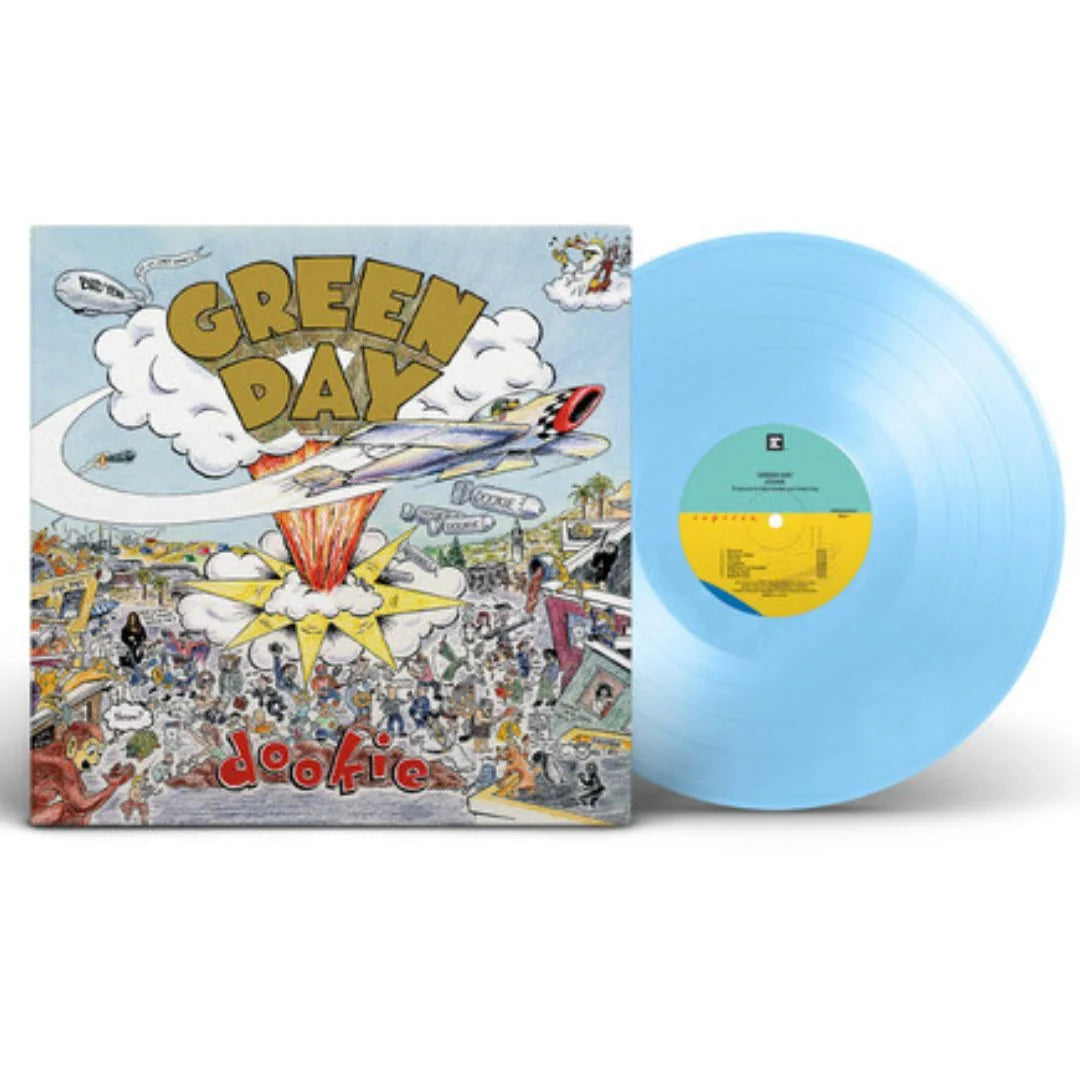
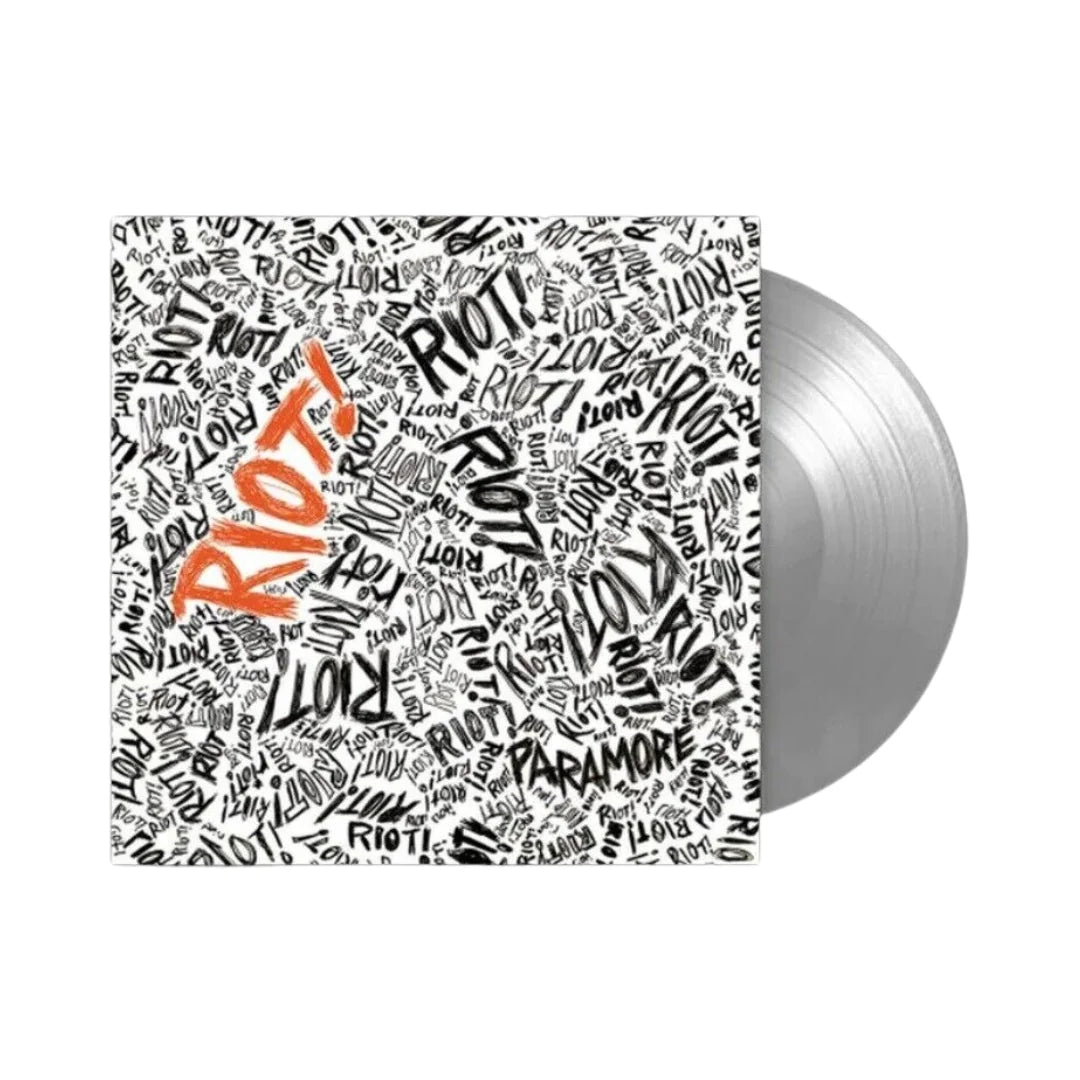
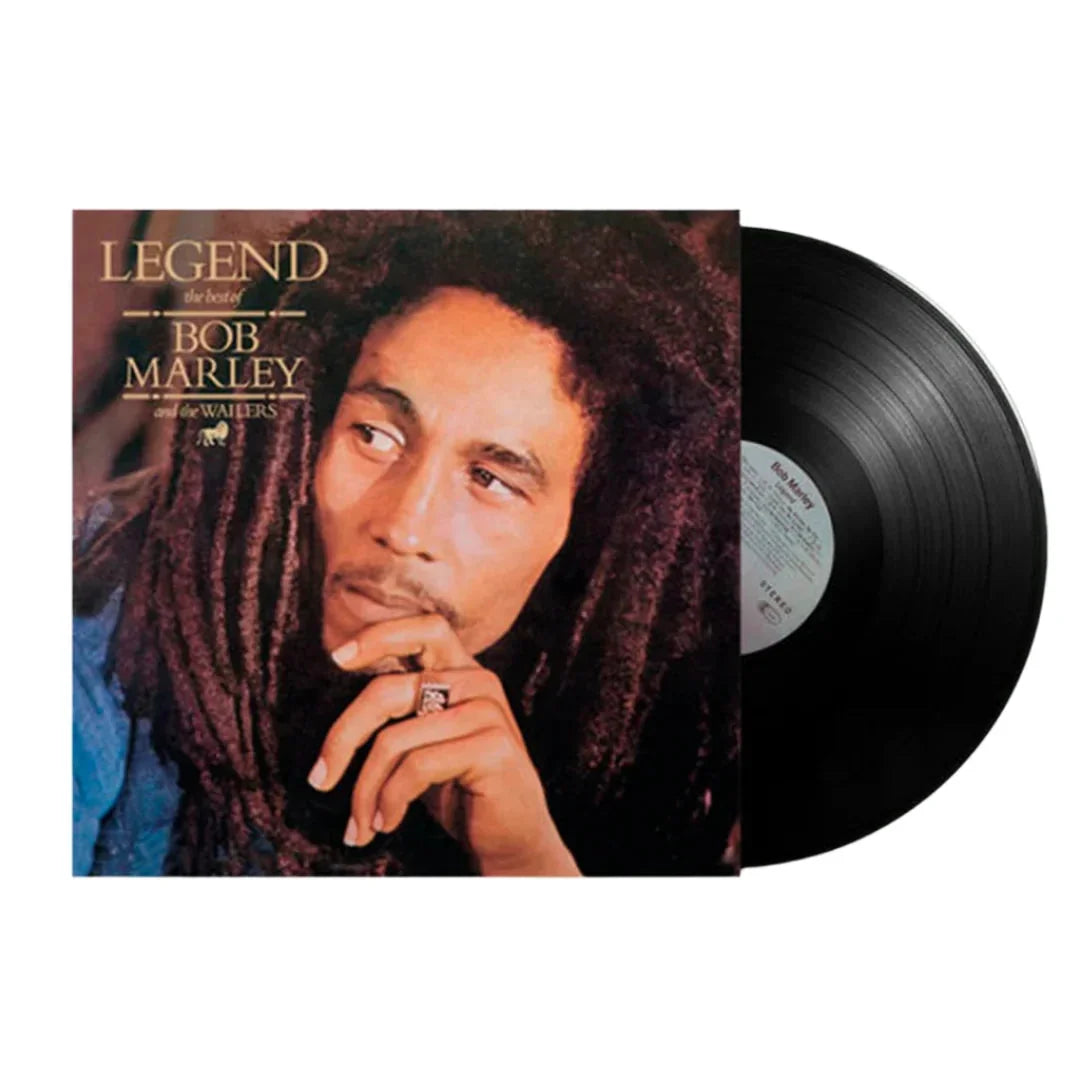
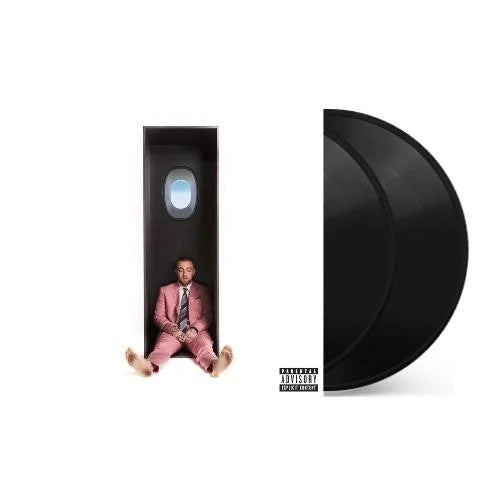
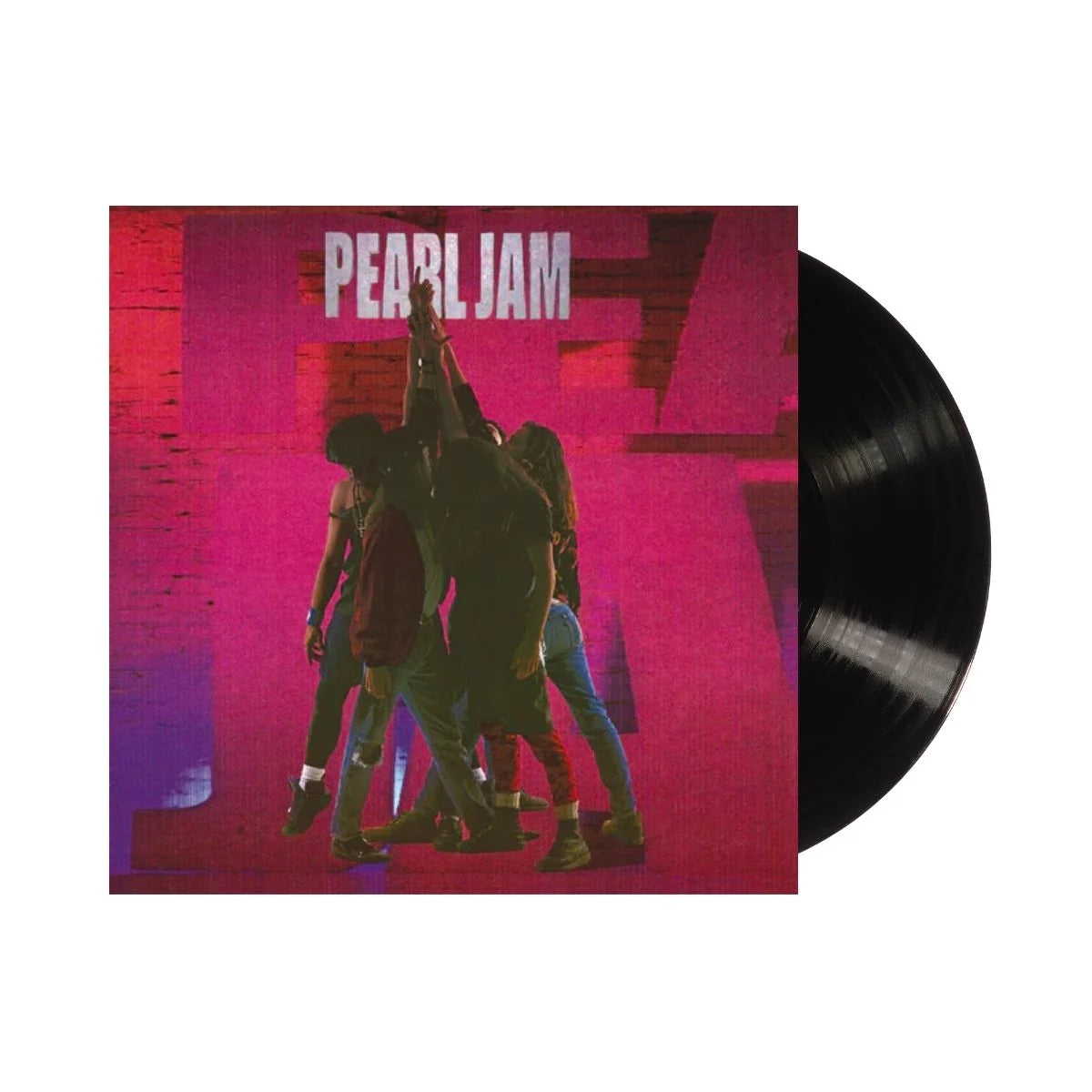
![The Grateful Dead - The Music Never Stopped [6LP Box Set]](http://vinyl.com/cdn/shop/files/The_Grateful_Dead-The_Music_Never_Stopped__6LP_Box_Set.jpg?v=1747729623&width=5760)
![The Grateful Dead - Madison Square Garden, New York, NY 3/9/81 (2023 Rocktober Edition) [5LP Box Set]](http://vinyl.com/cdn/shop/files/4247396-3042523.jpg?v=1758034700&width=5760)
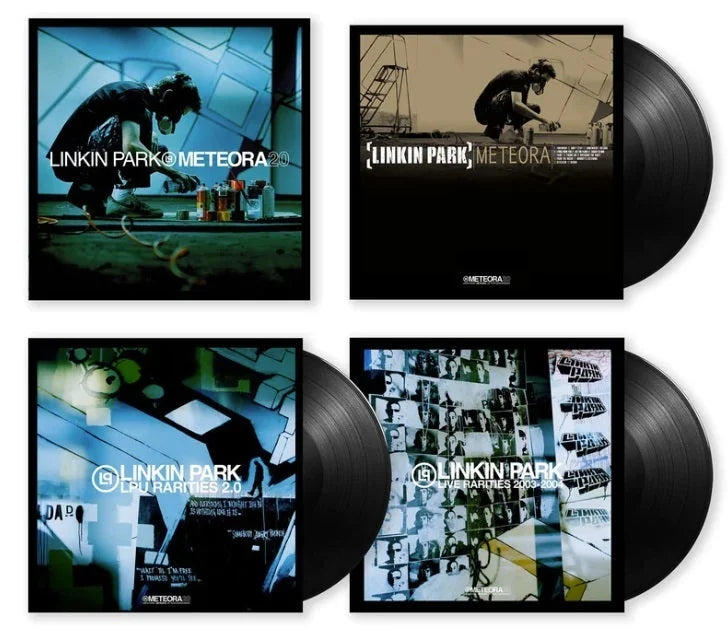
![Sufjan Stevens - Songs For Christmas [5LP Box Set]](http://vinyl.com/cdn/shop/files/3576666.jpg?v=1684195276&width=5760)
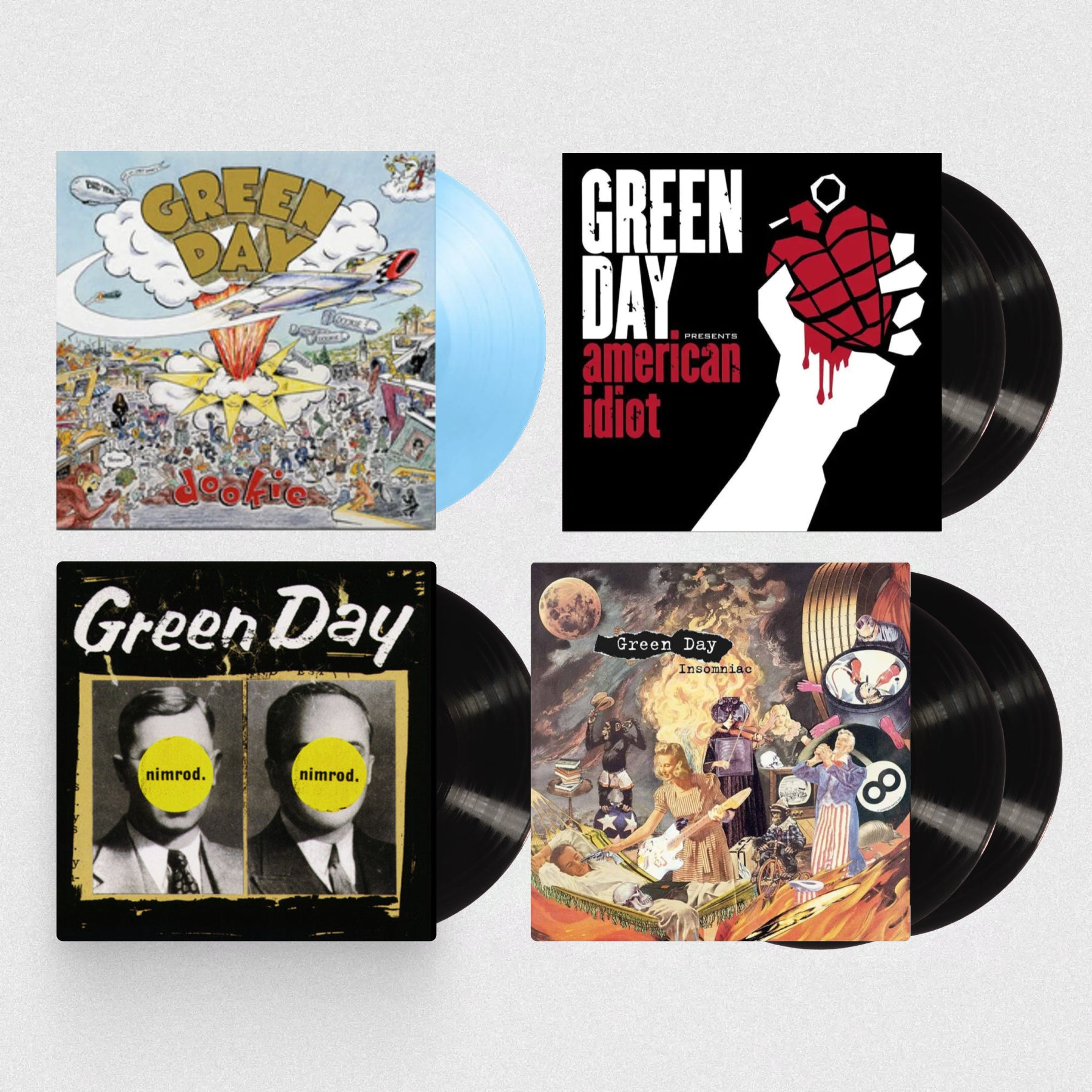
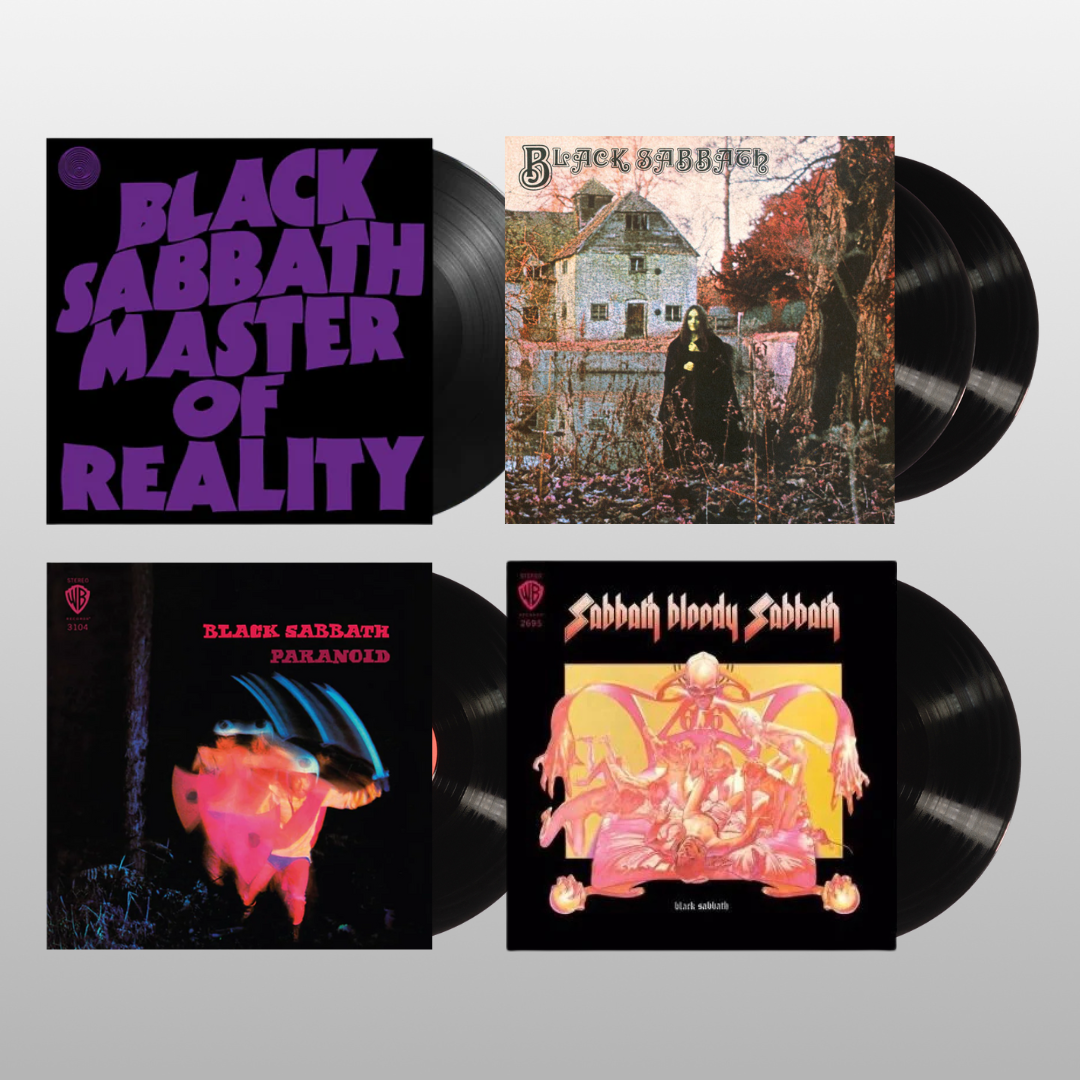

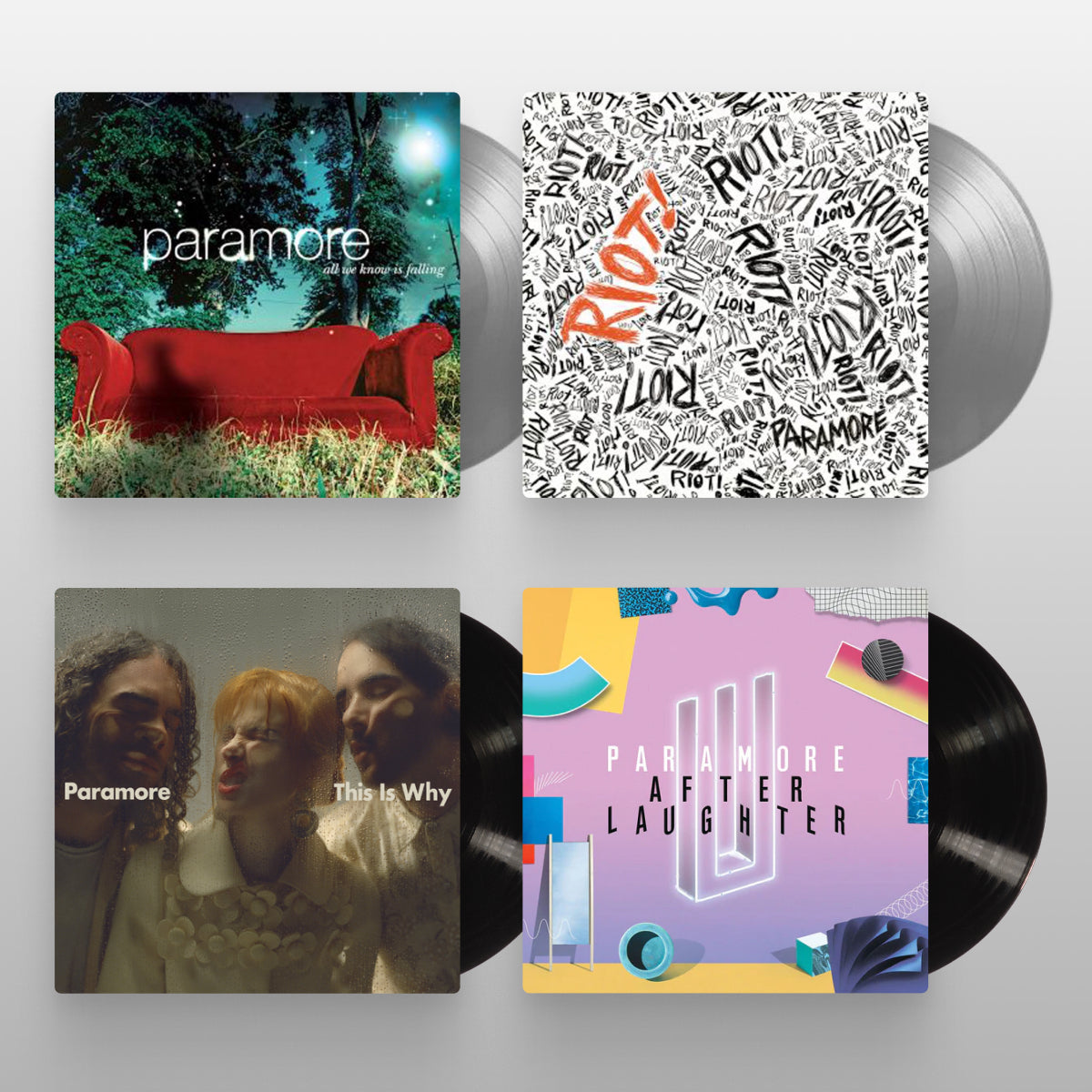
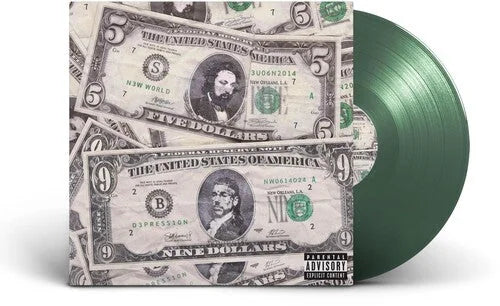
![(hed) p.e. - New And Improved [Pink]](http://vinyl.com/cdn/shop/files/4425252-3389420.jpg?v=1746578880&width=5760)
![1 Locate S - Wicked Jaw [Sky Blue]](http://vinyl.com/cdn/shop/files/4217742-2982879.jpg?v=1693273095&width=5760)
![11/5 - A-1 Yola [2LP Orange Swirl]](http://vinyl.com/cdn/shop/files/3992138-2728122.jpg?v=1684200429&width=5760)
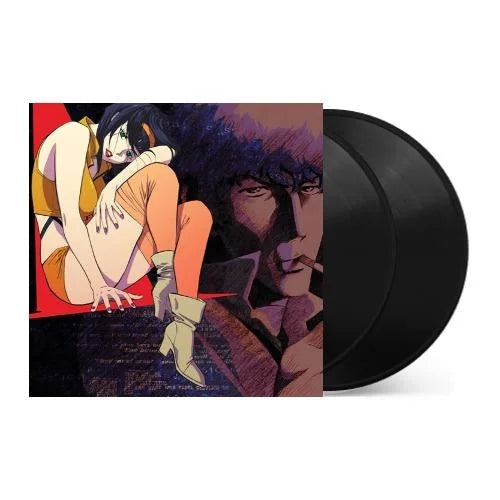
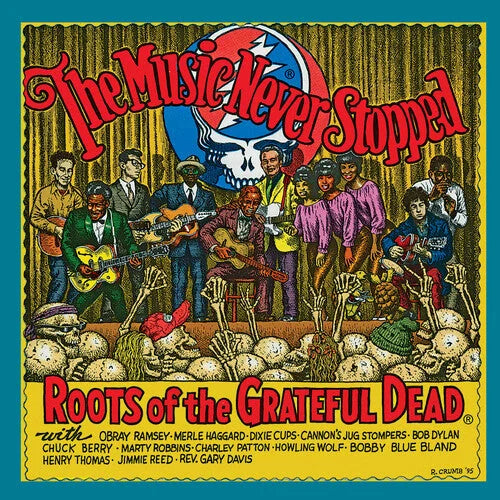


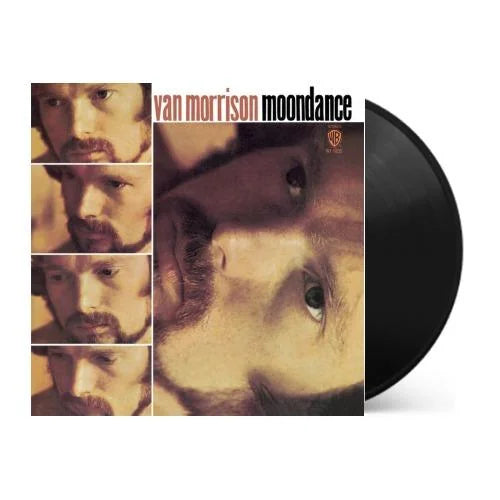
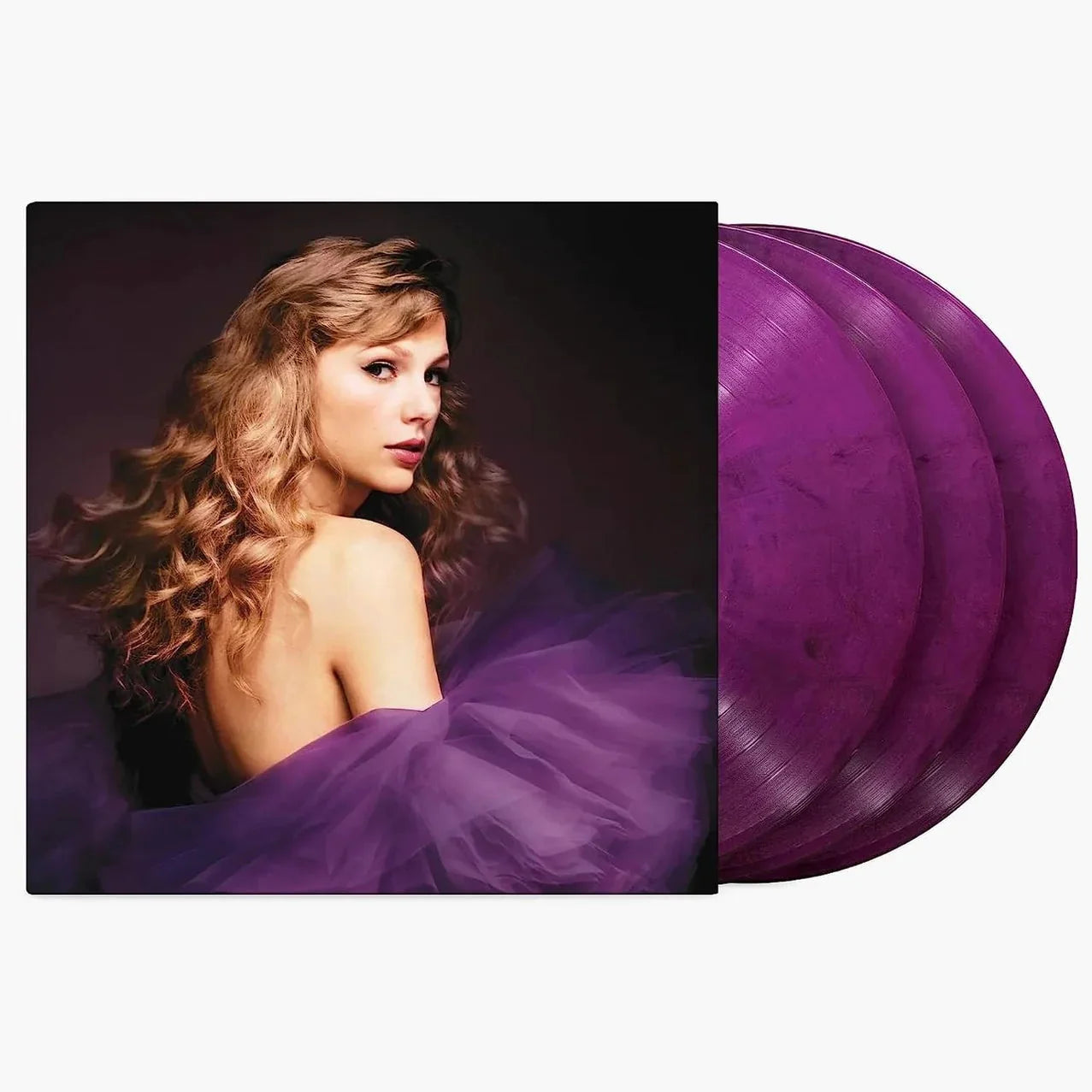
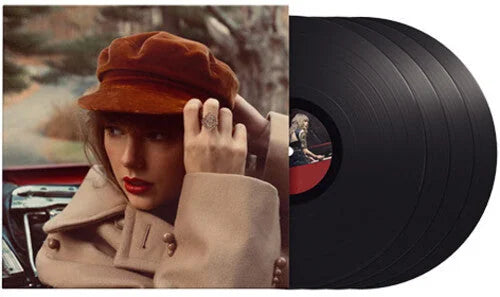
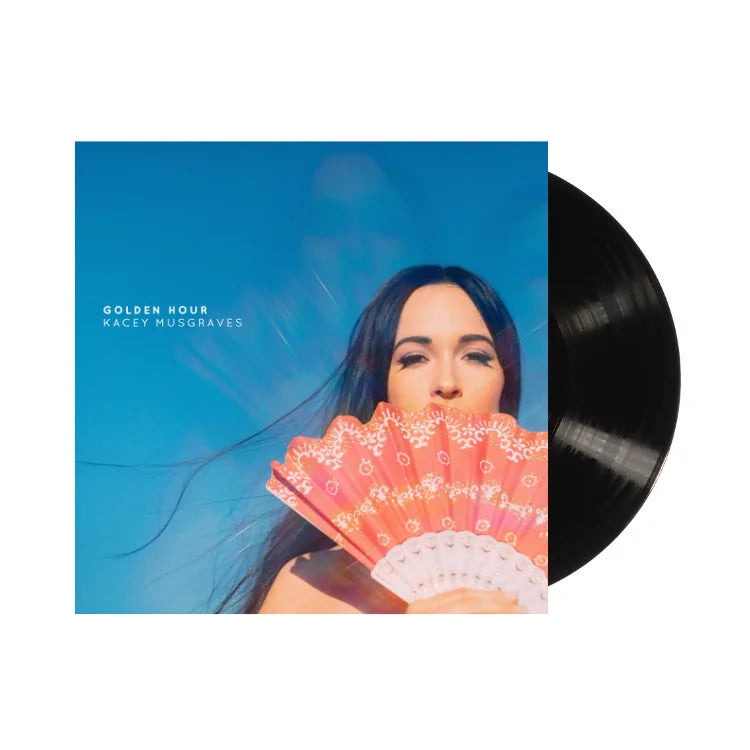
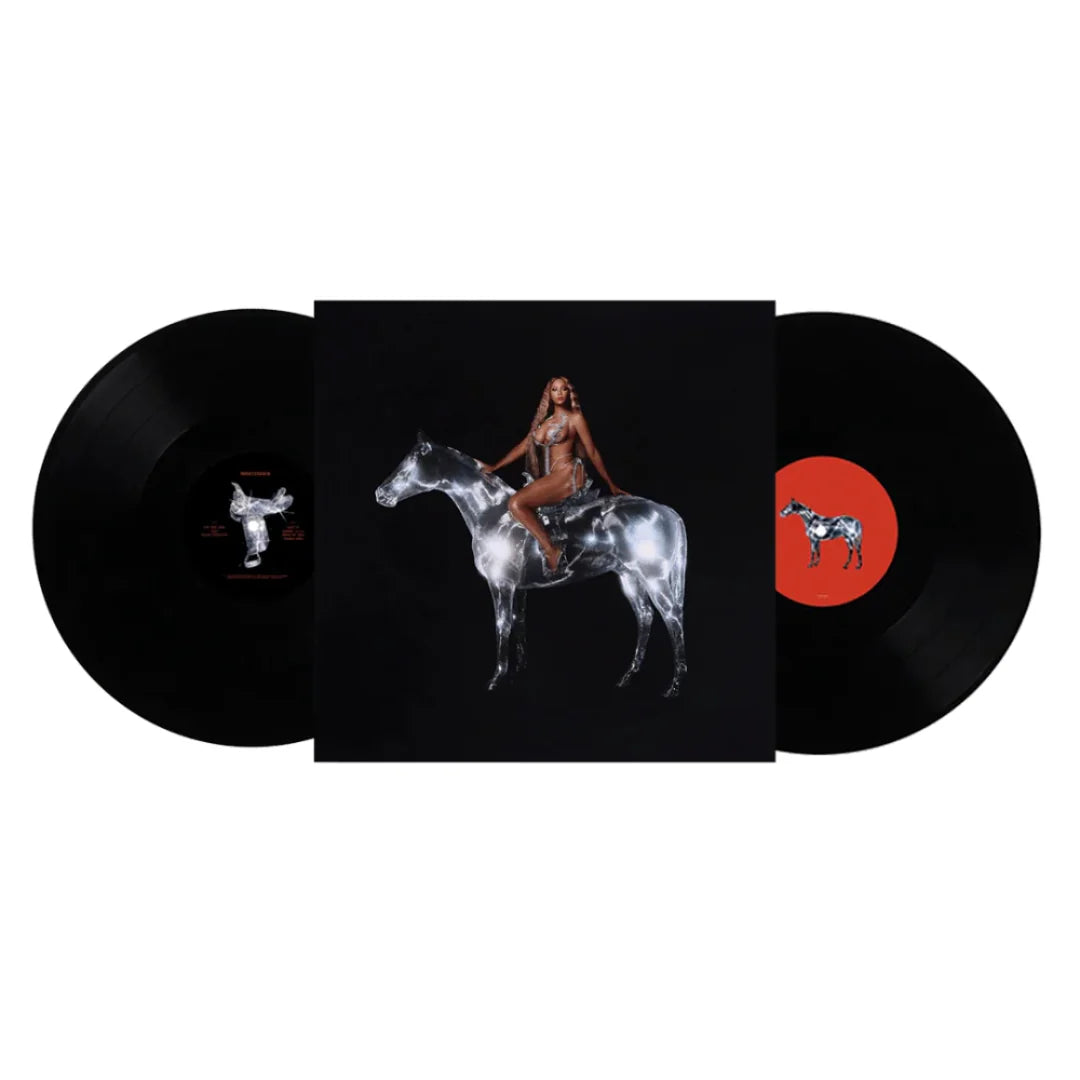
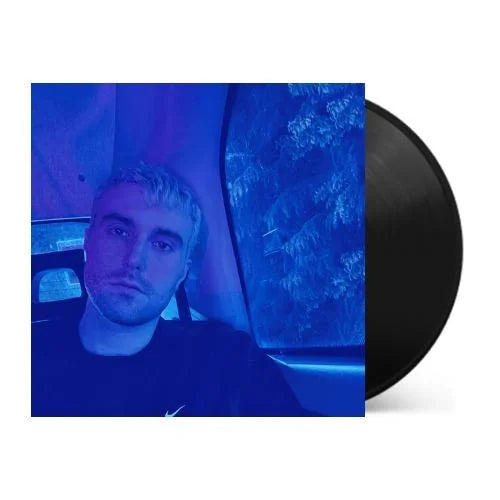
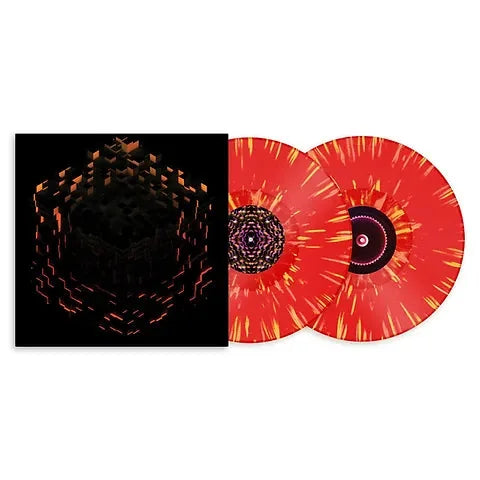
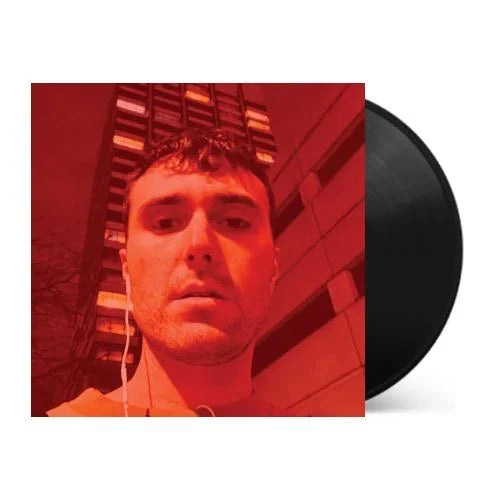
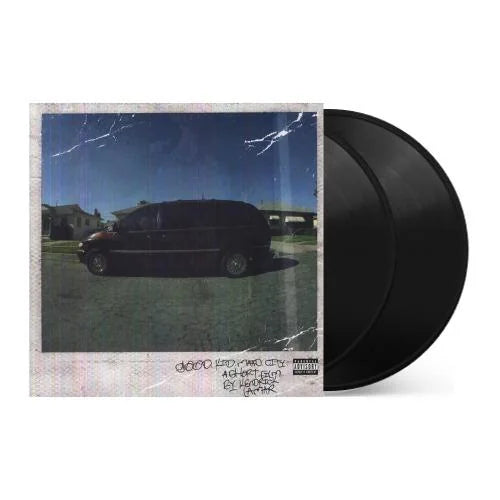
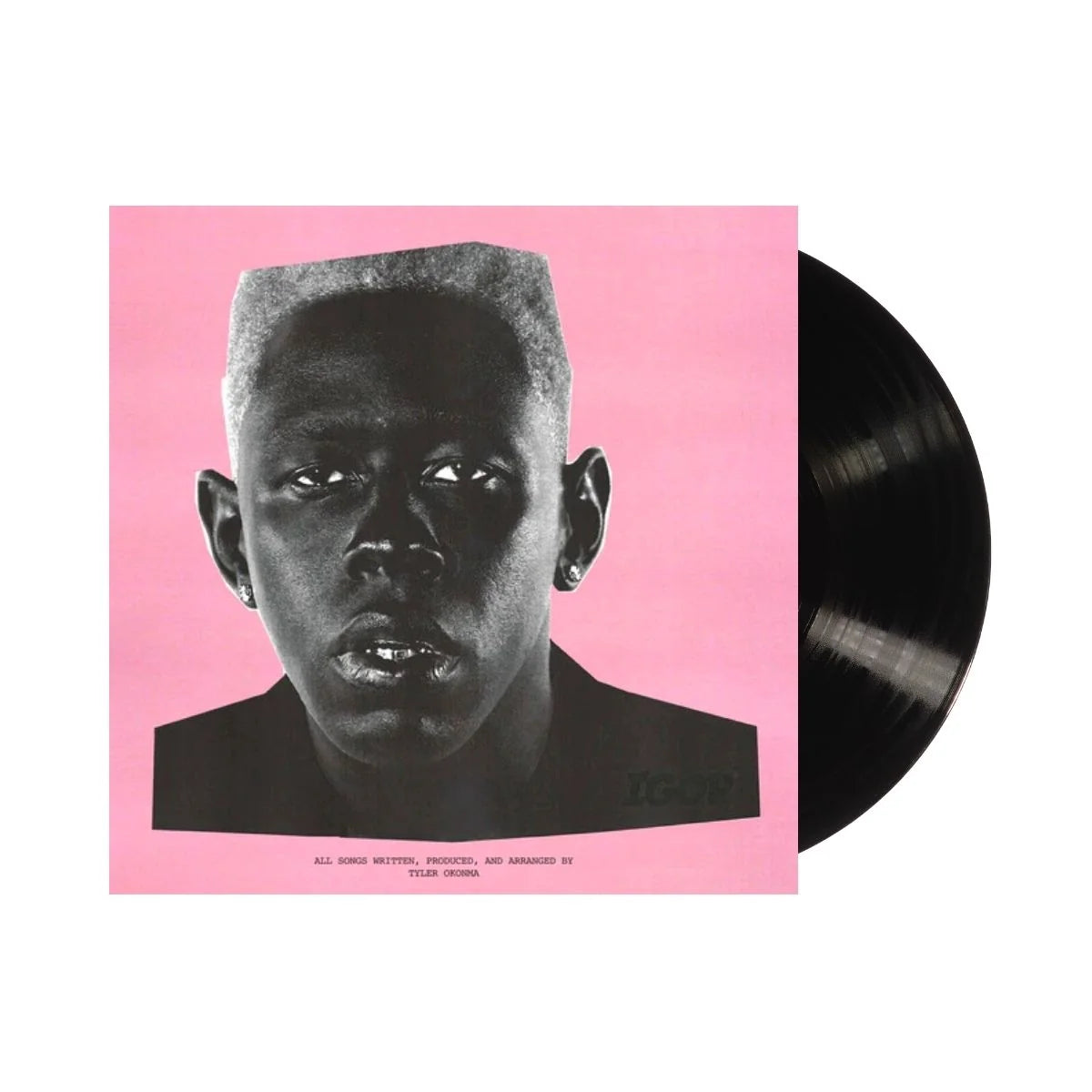
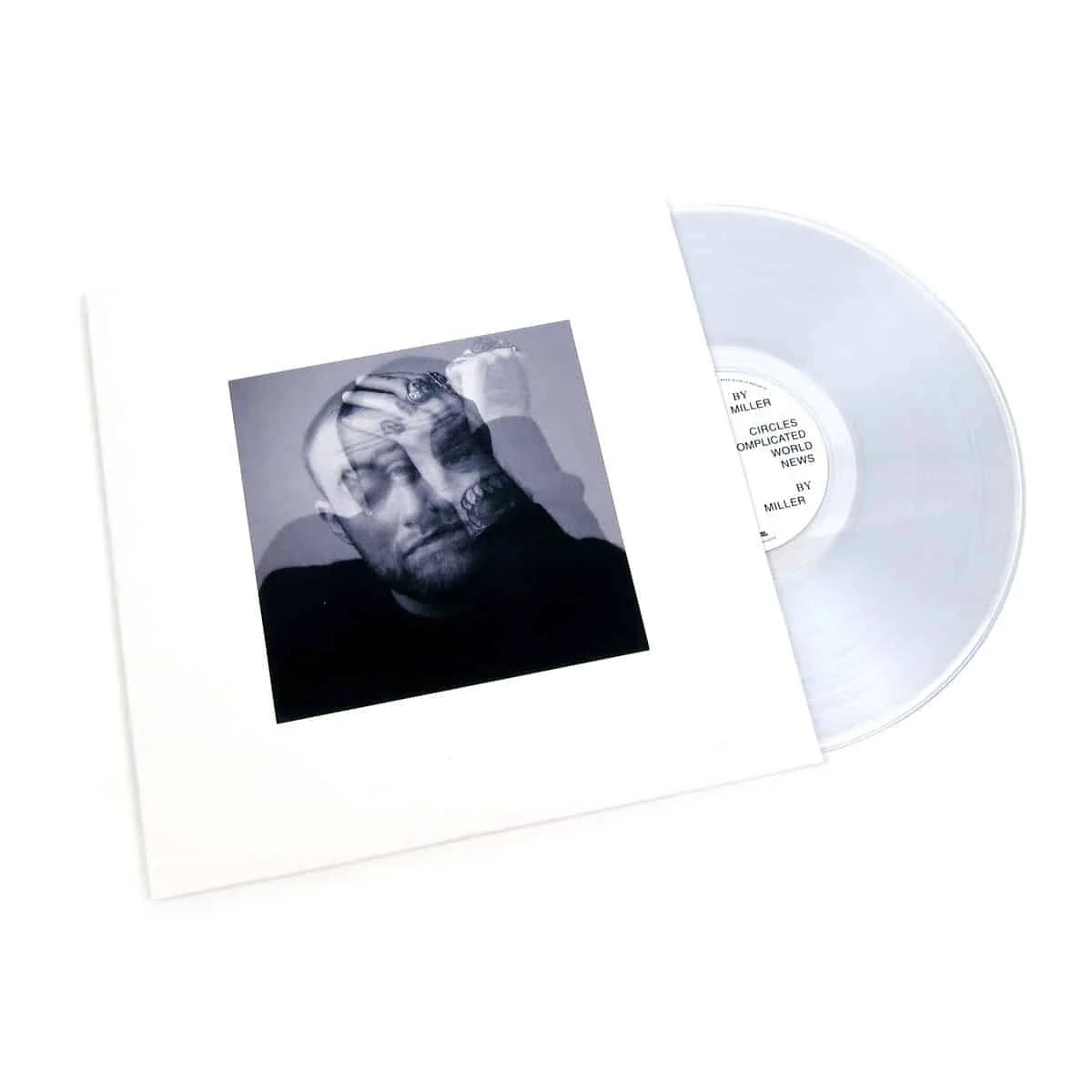
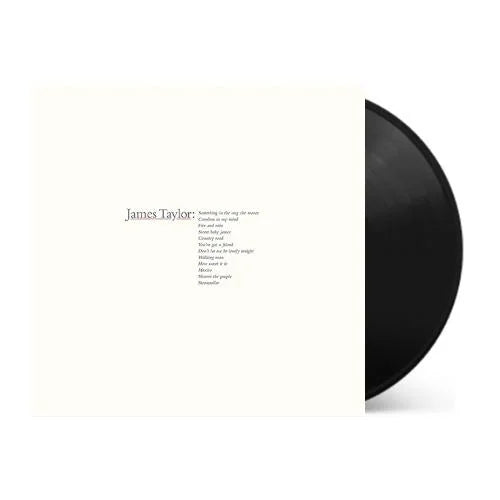

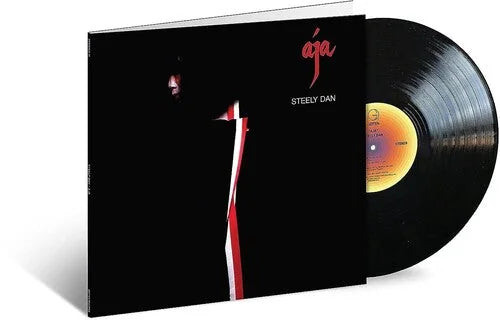
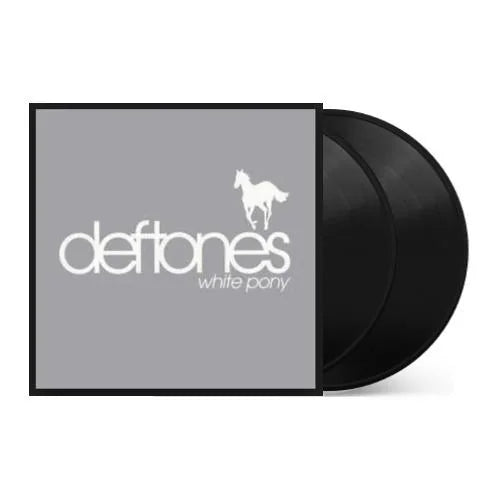
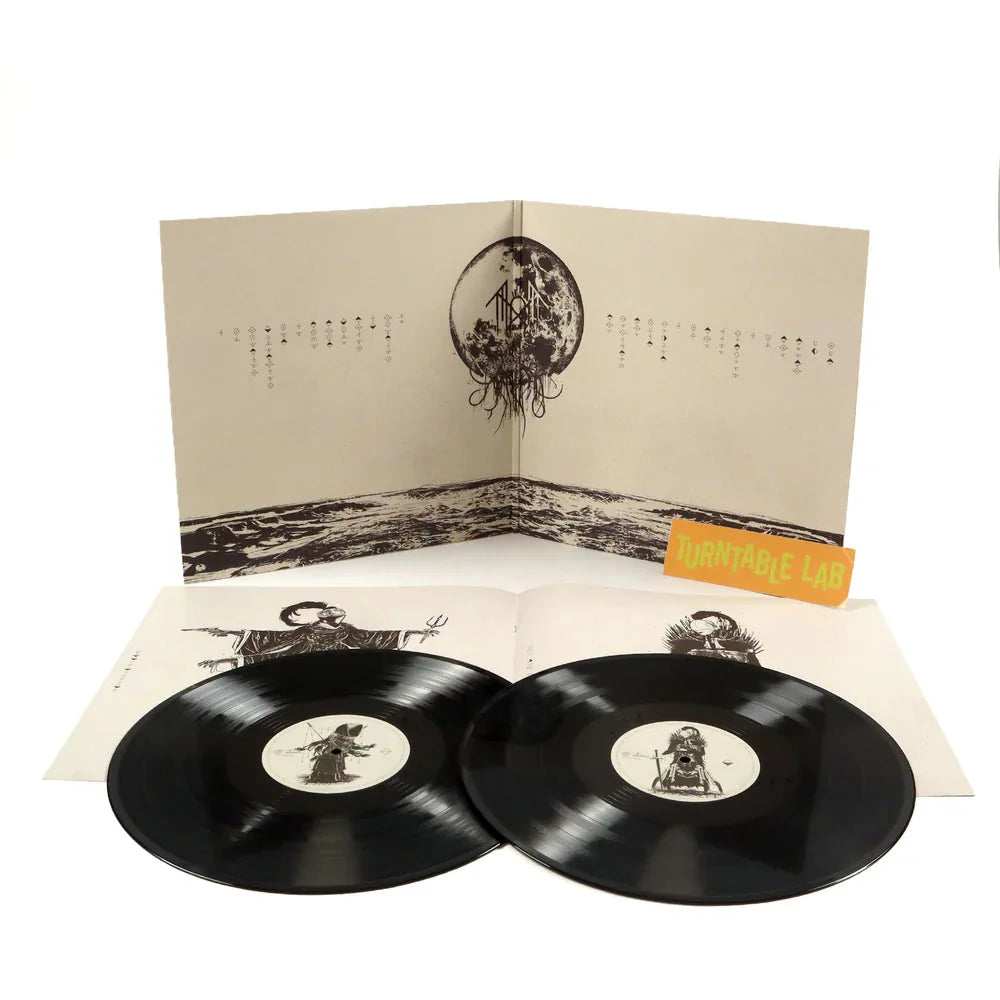
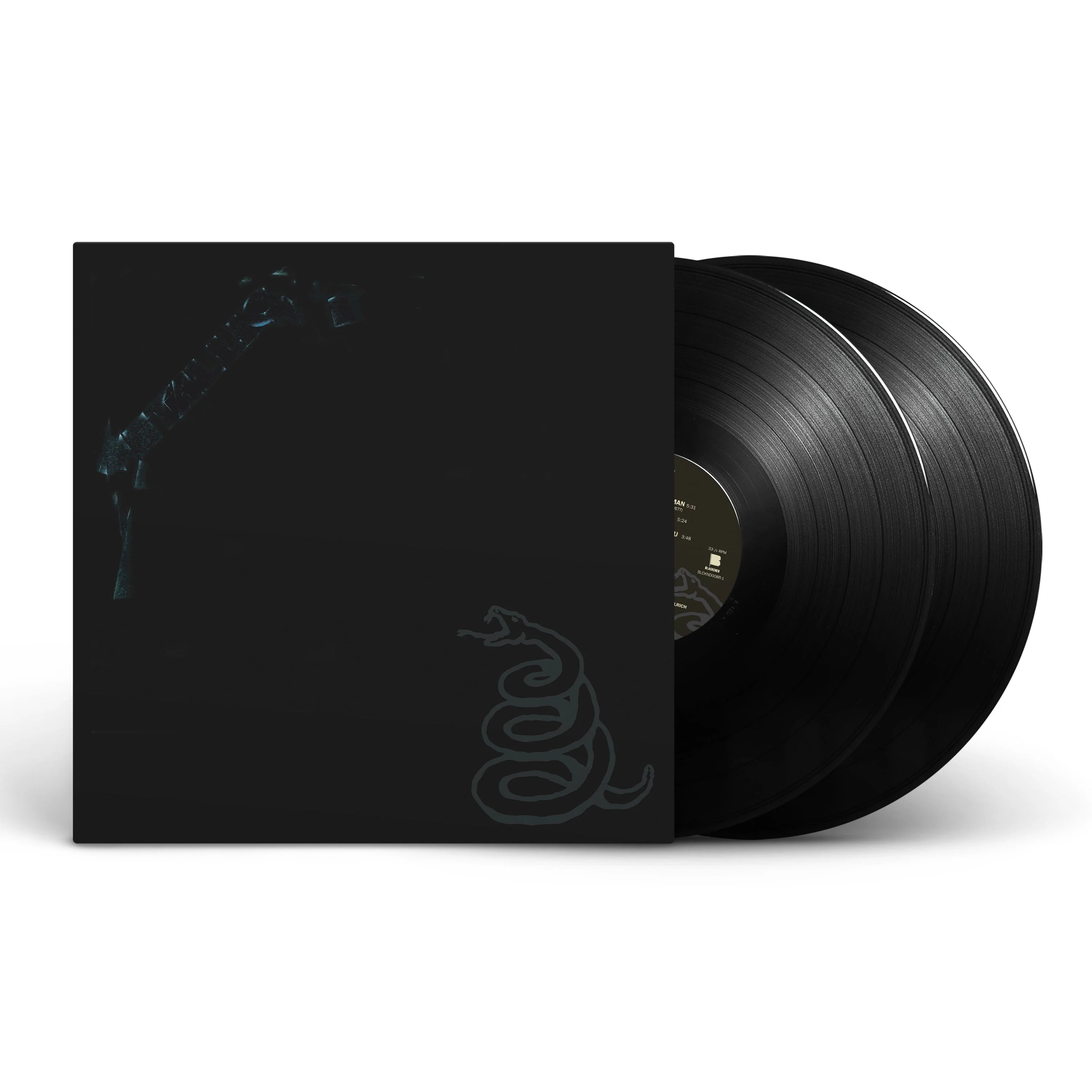
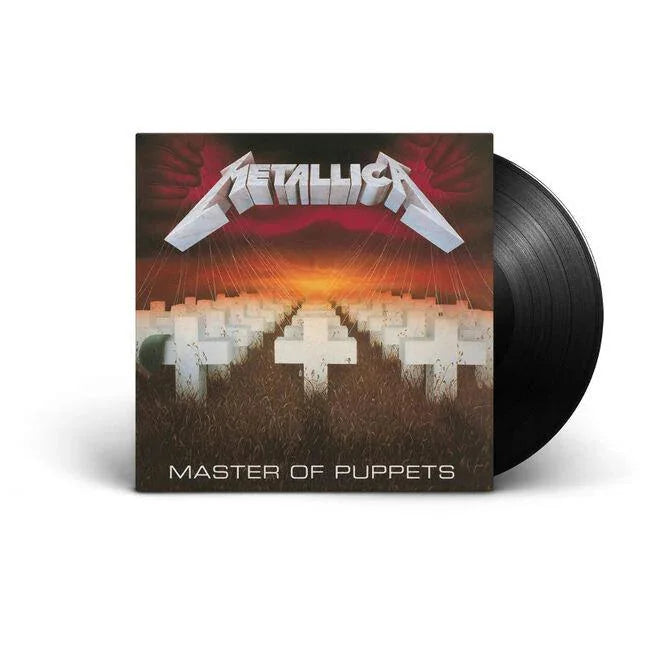
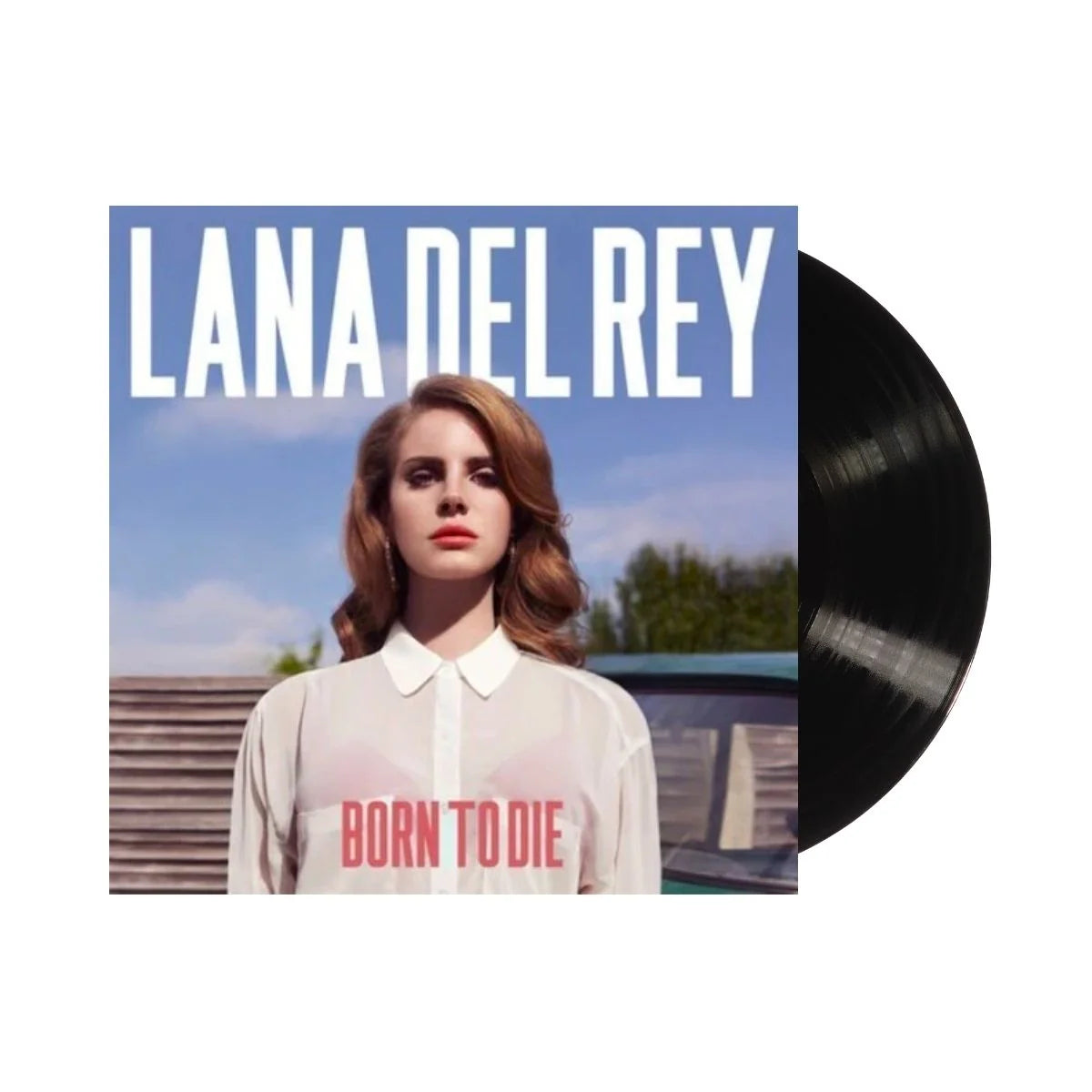

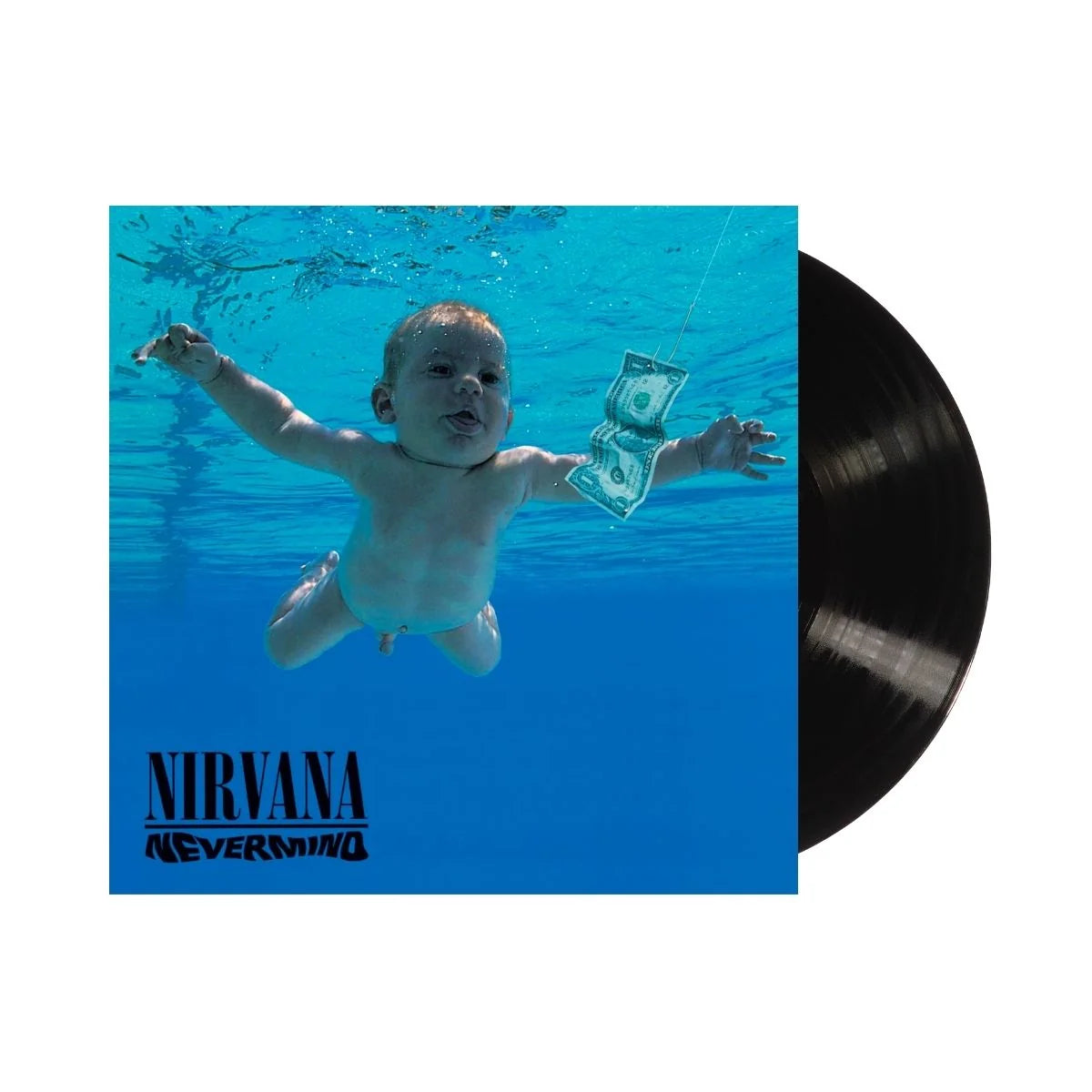
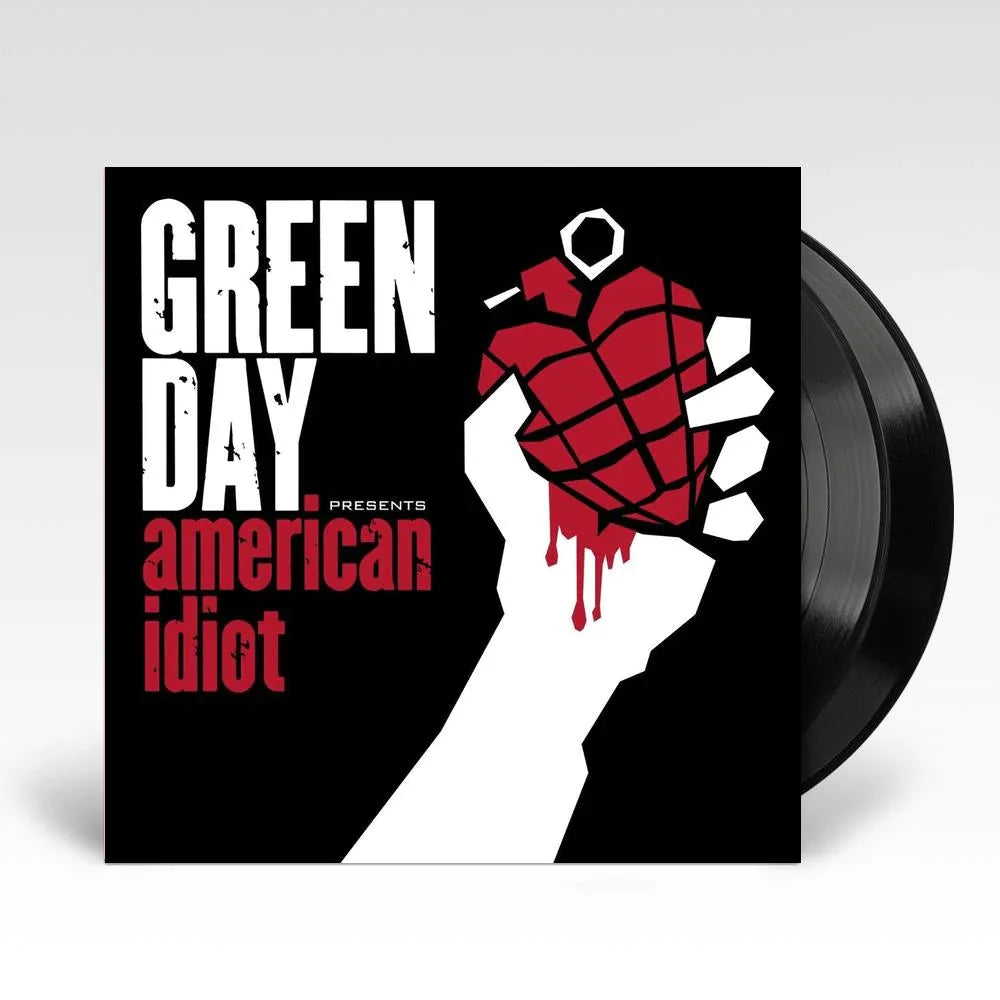
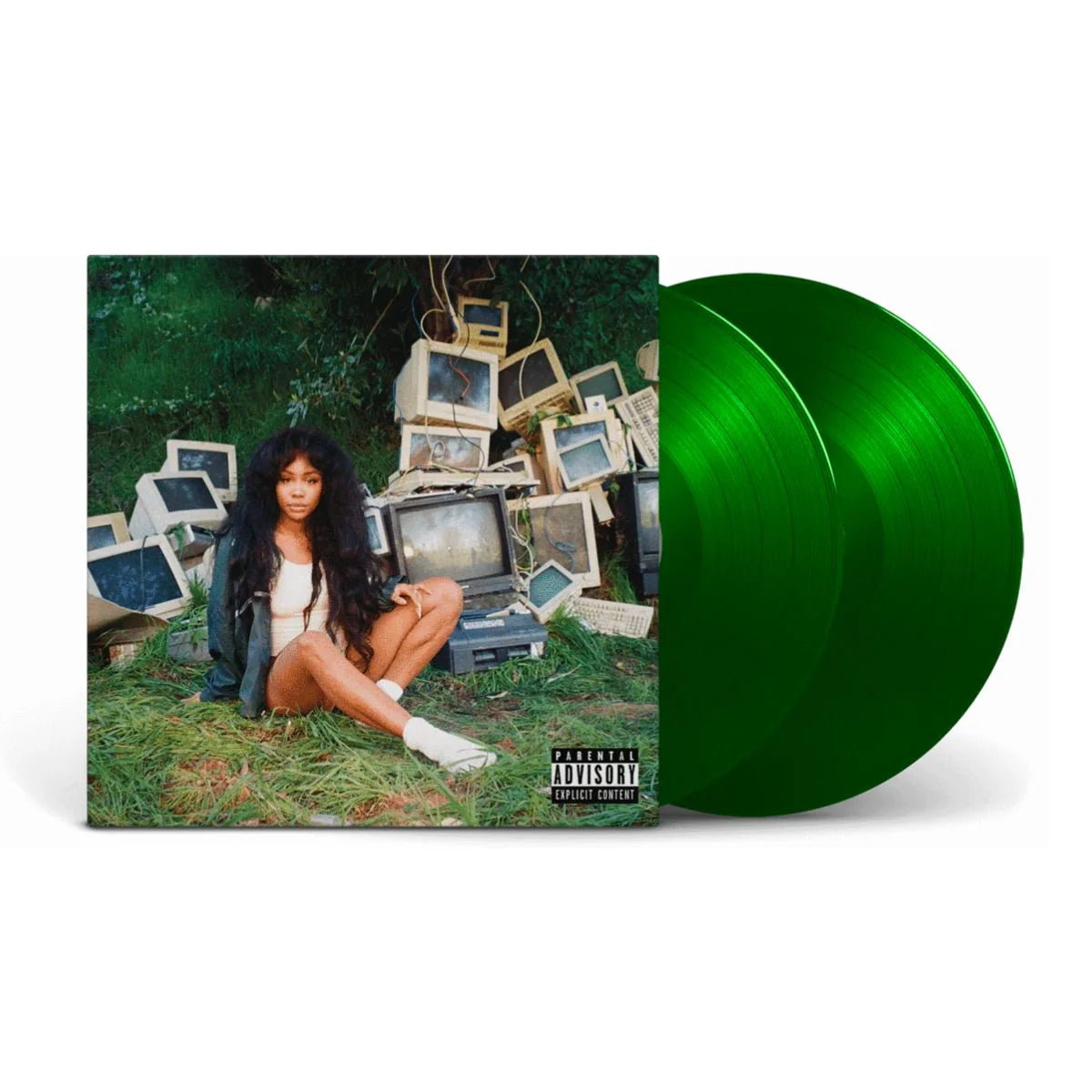
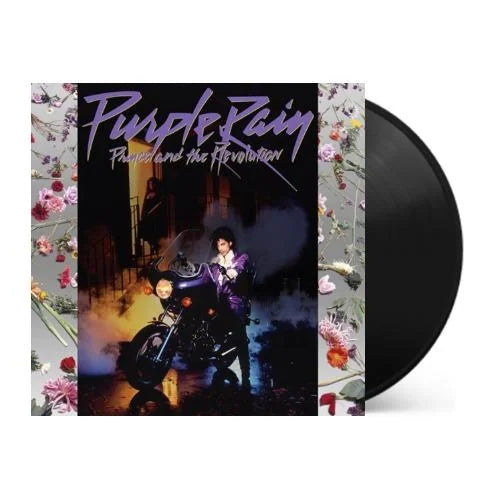
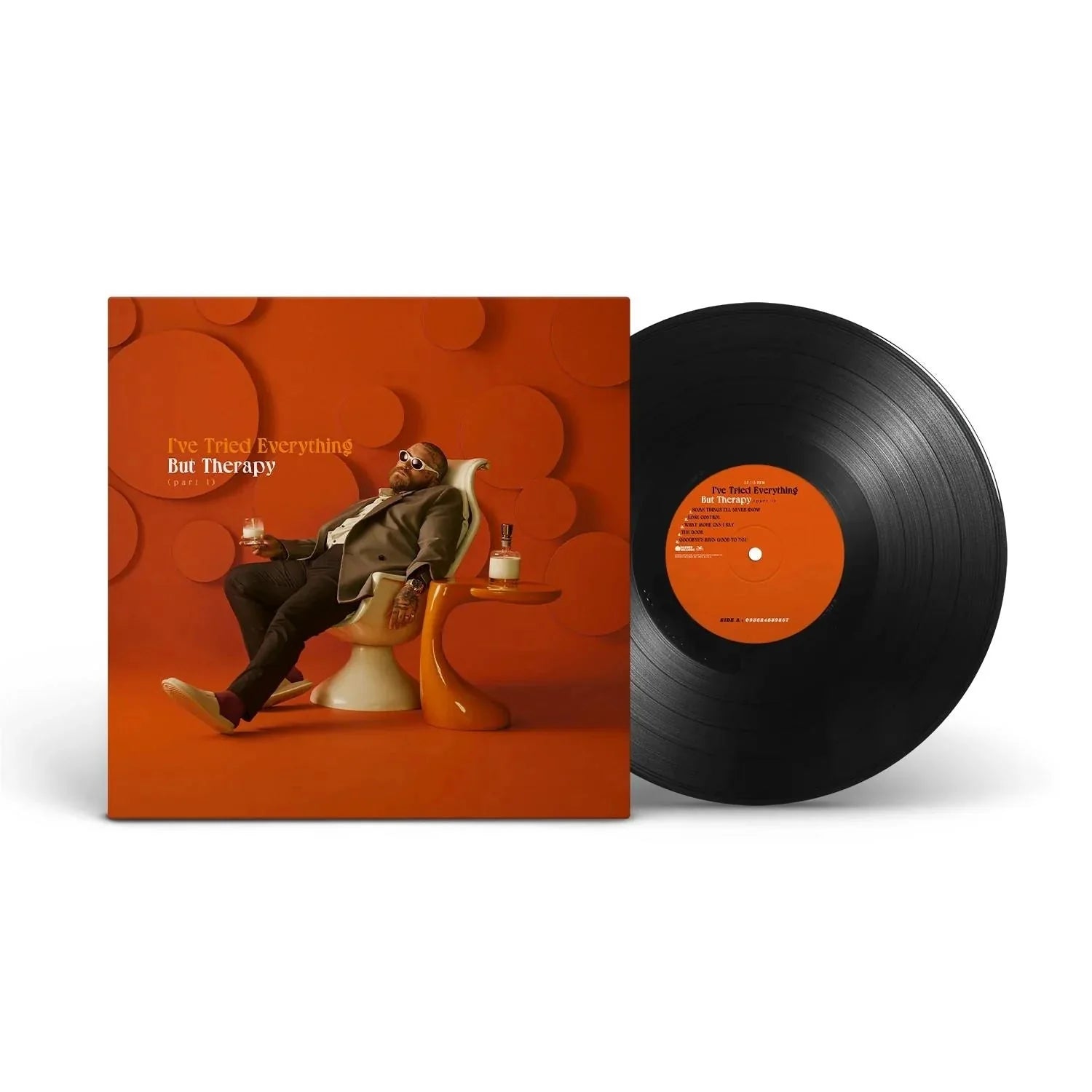

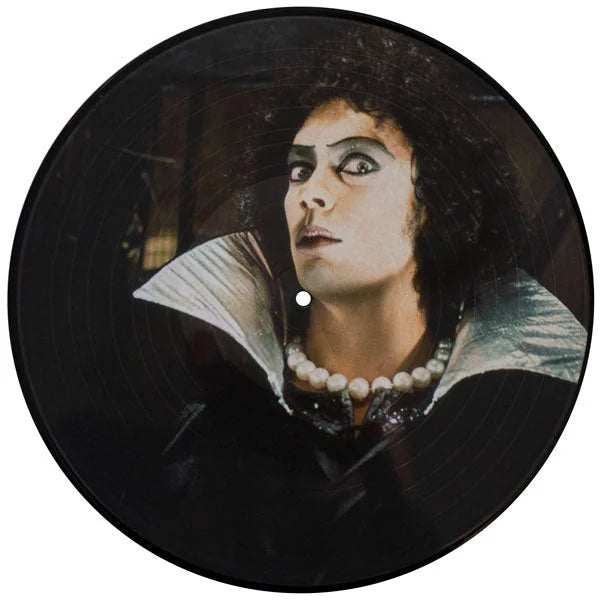
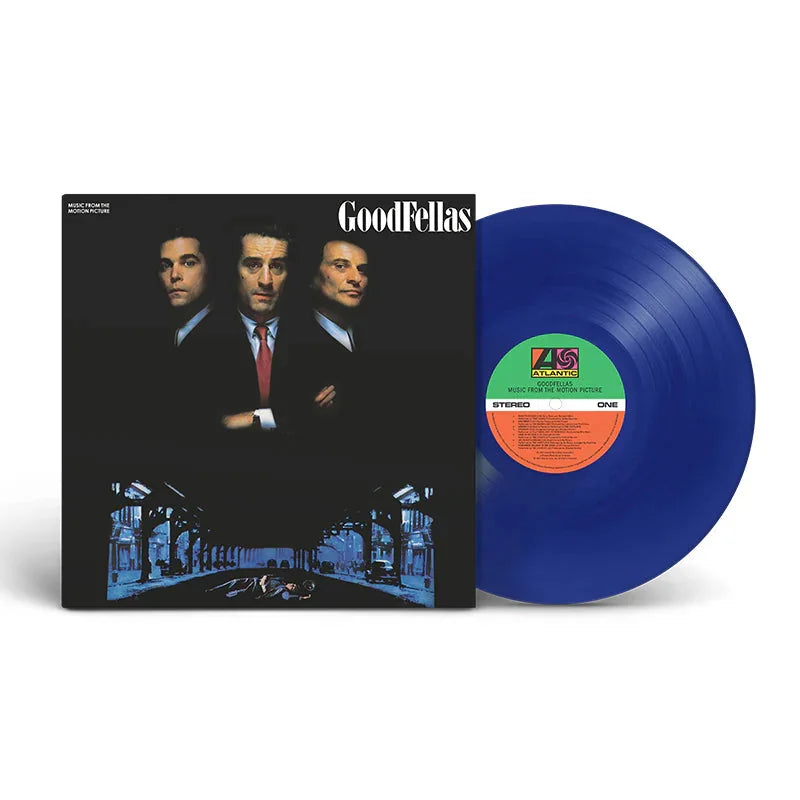
![Transformers: The Movie (Original Soundtrack) [Unicron Marbled 180-Gram]](http://vinyl.com/cdn/shop/files/4417308-3378319.jpg?v=1745982250&width=5760)









